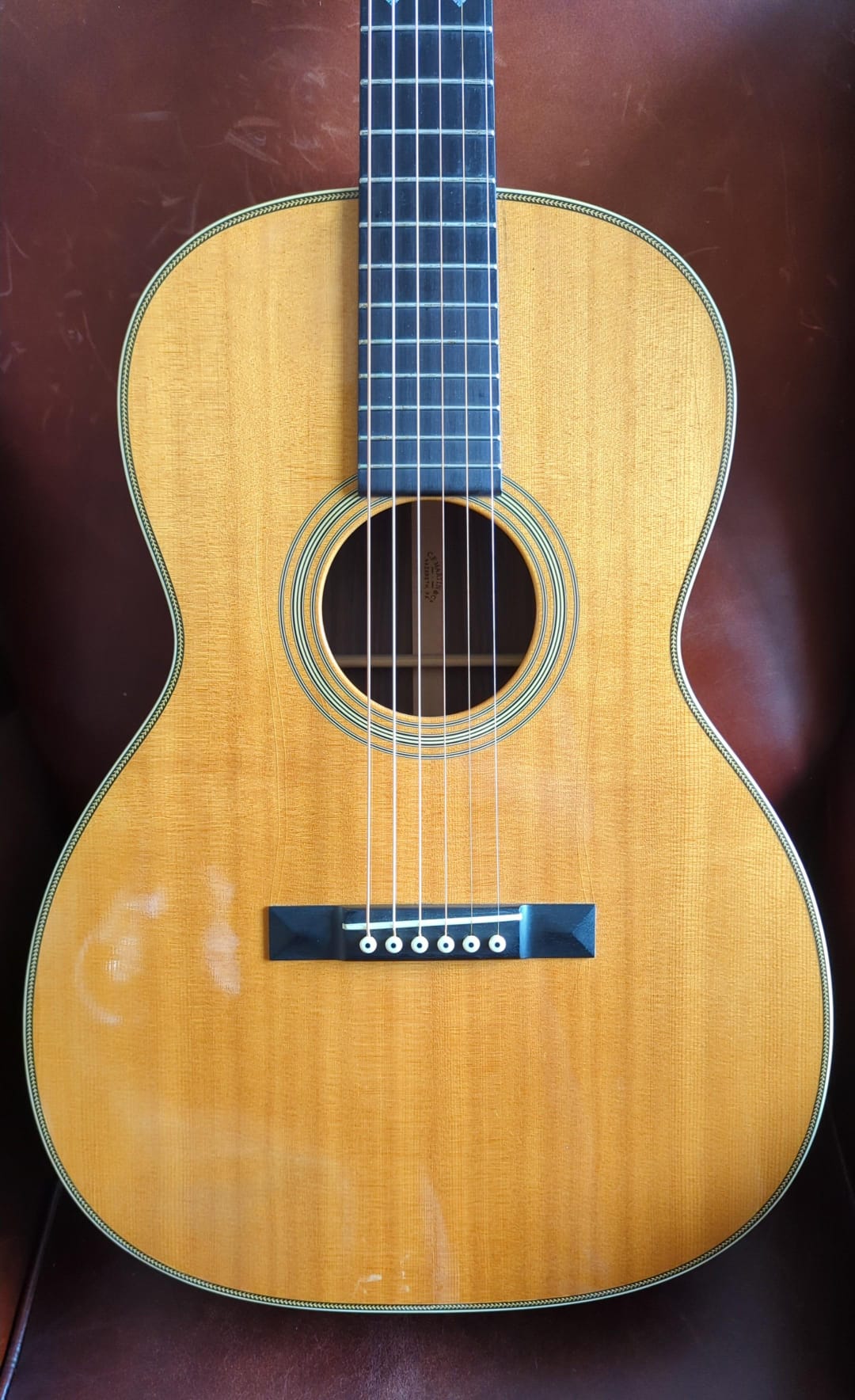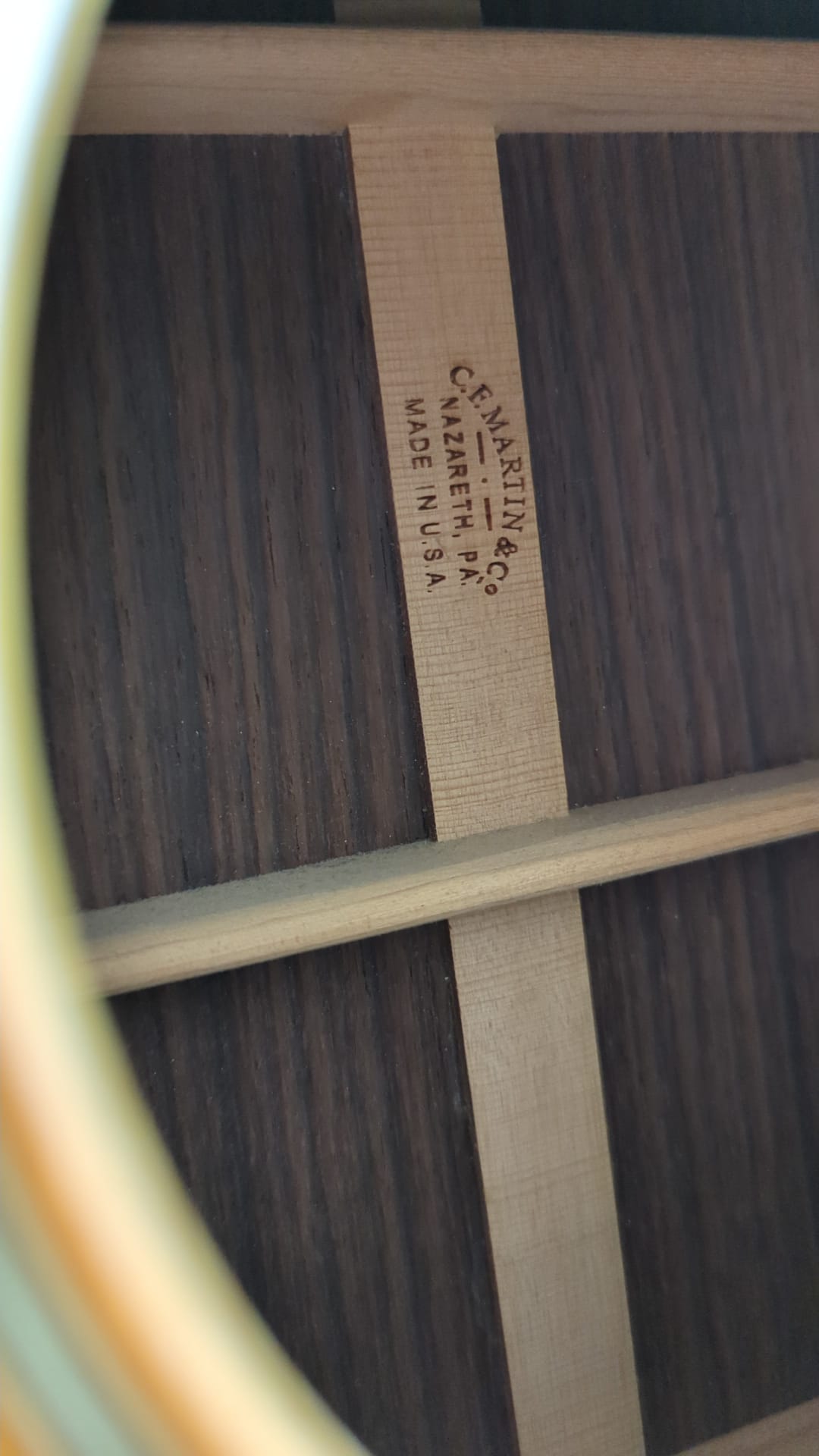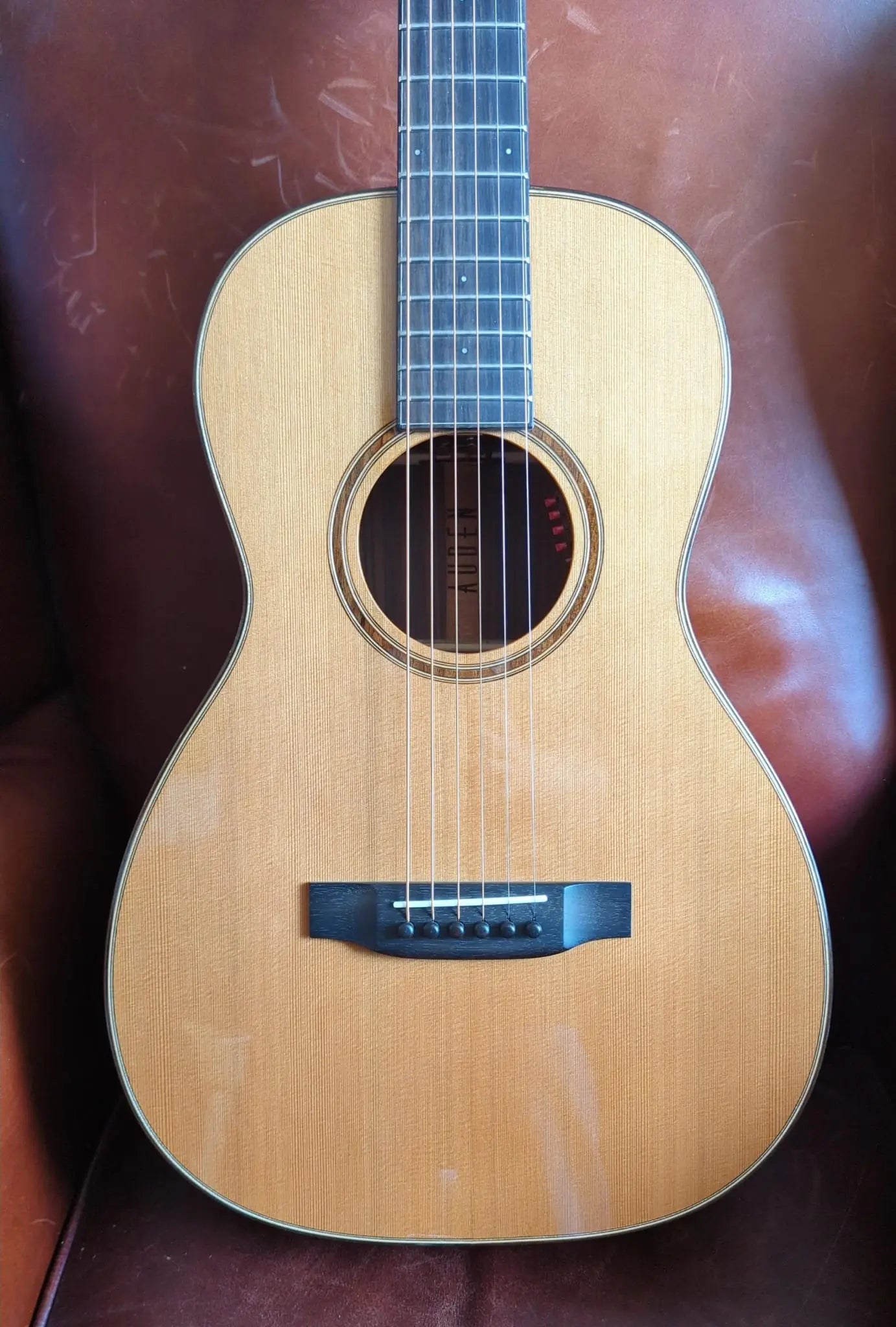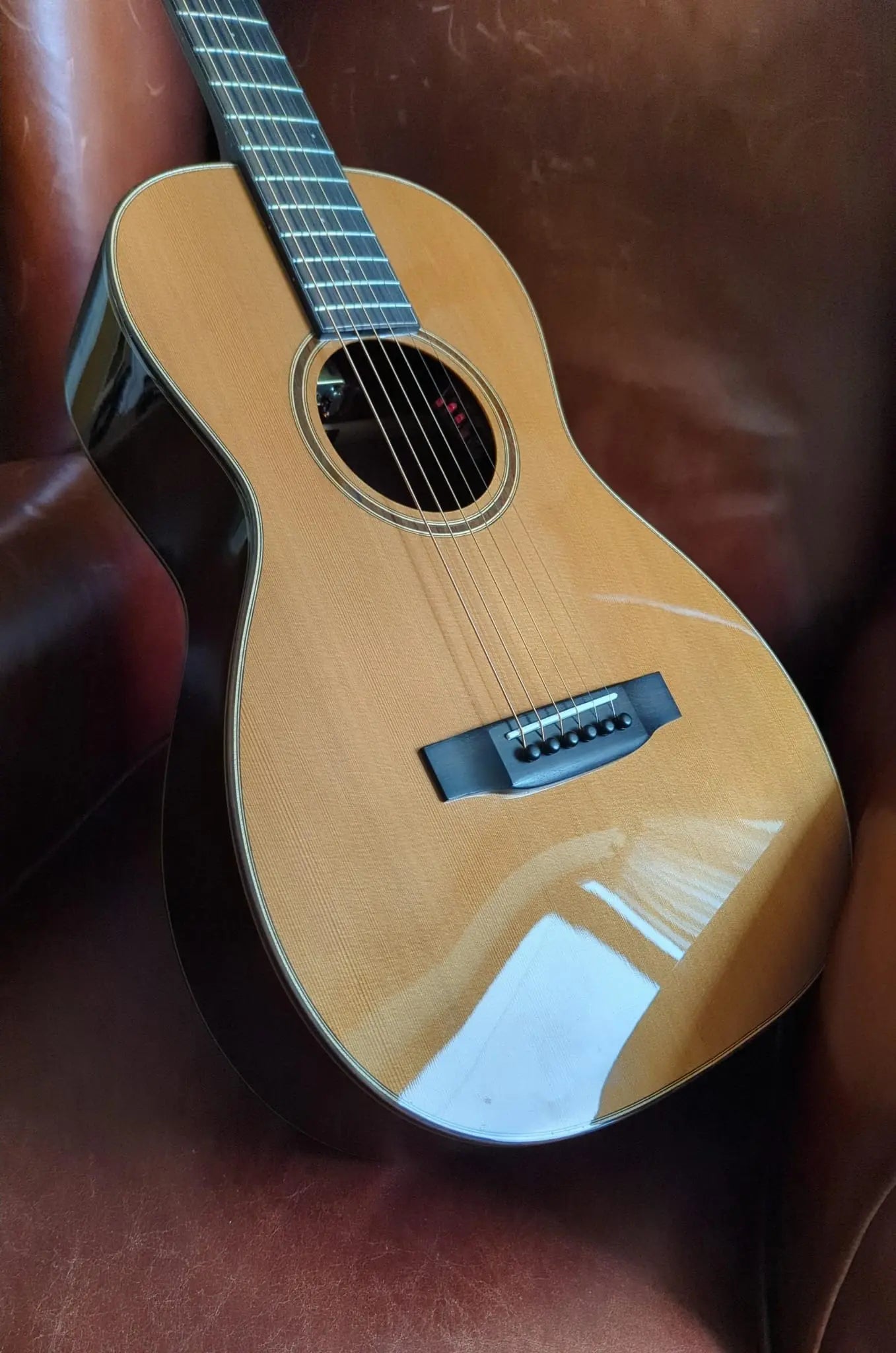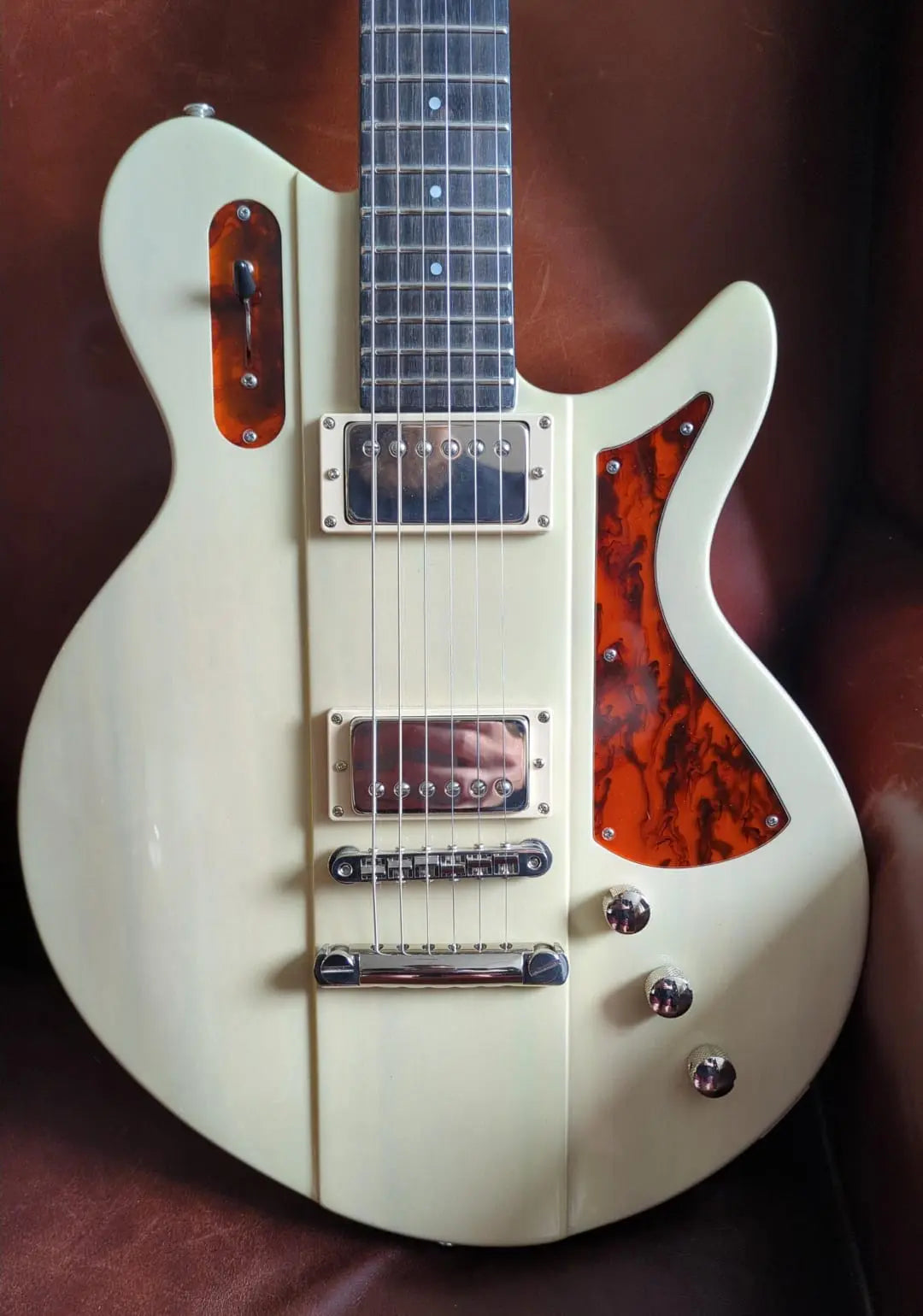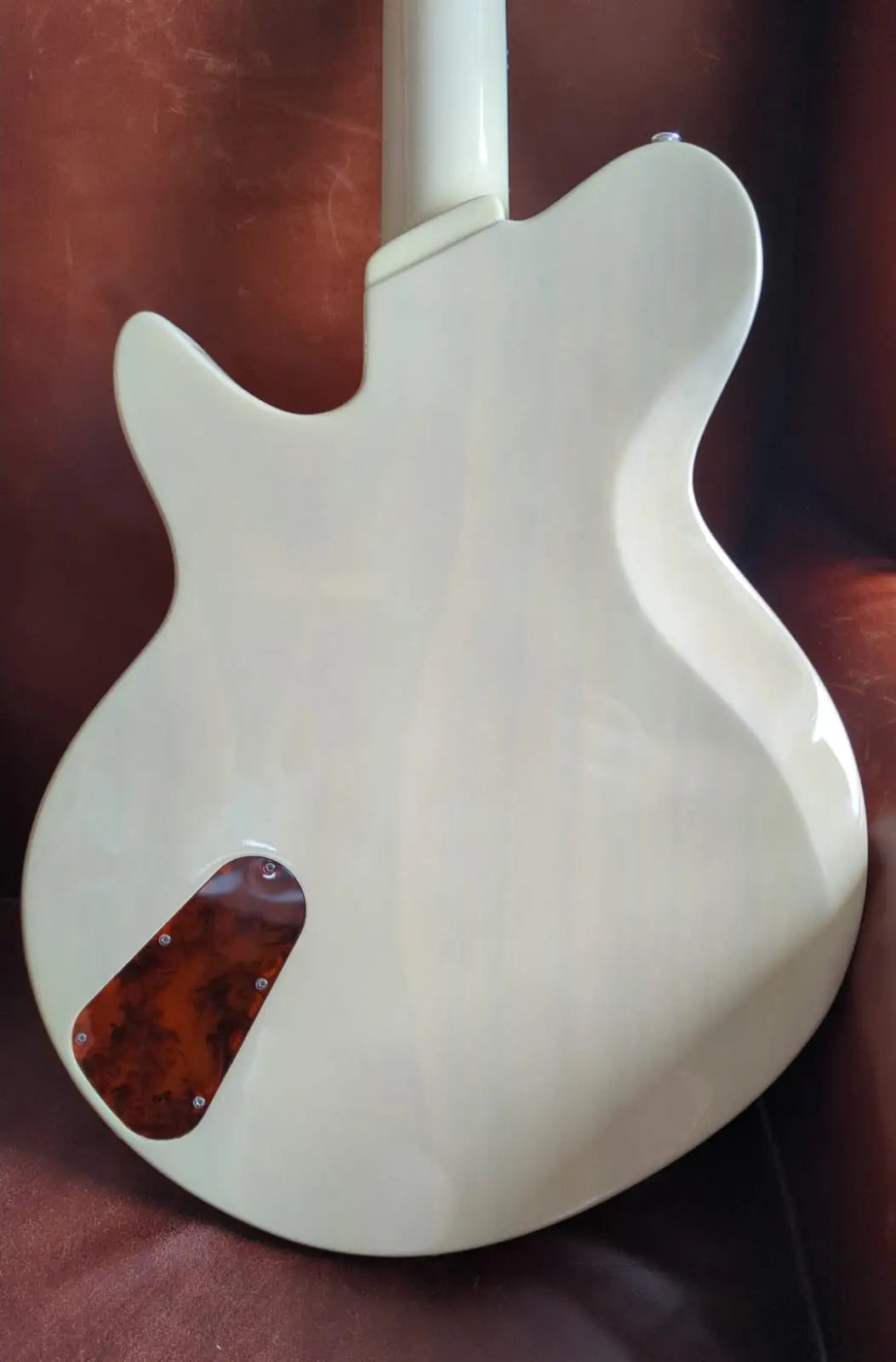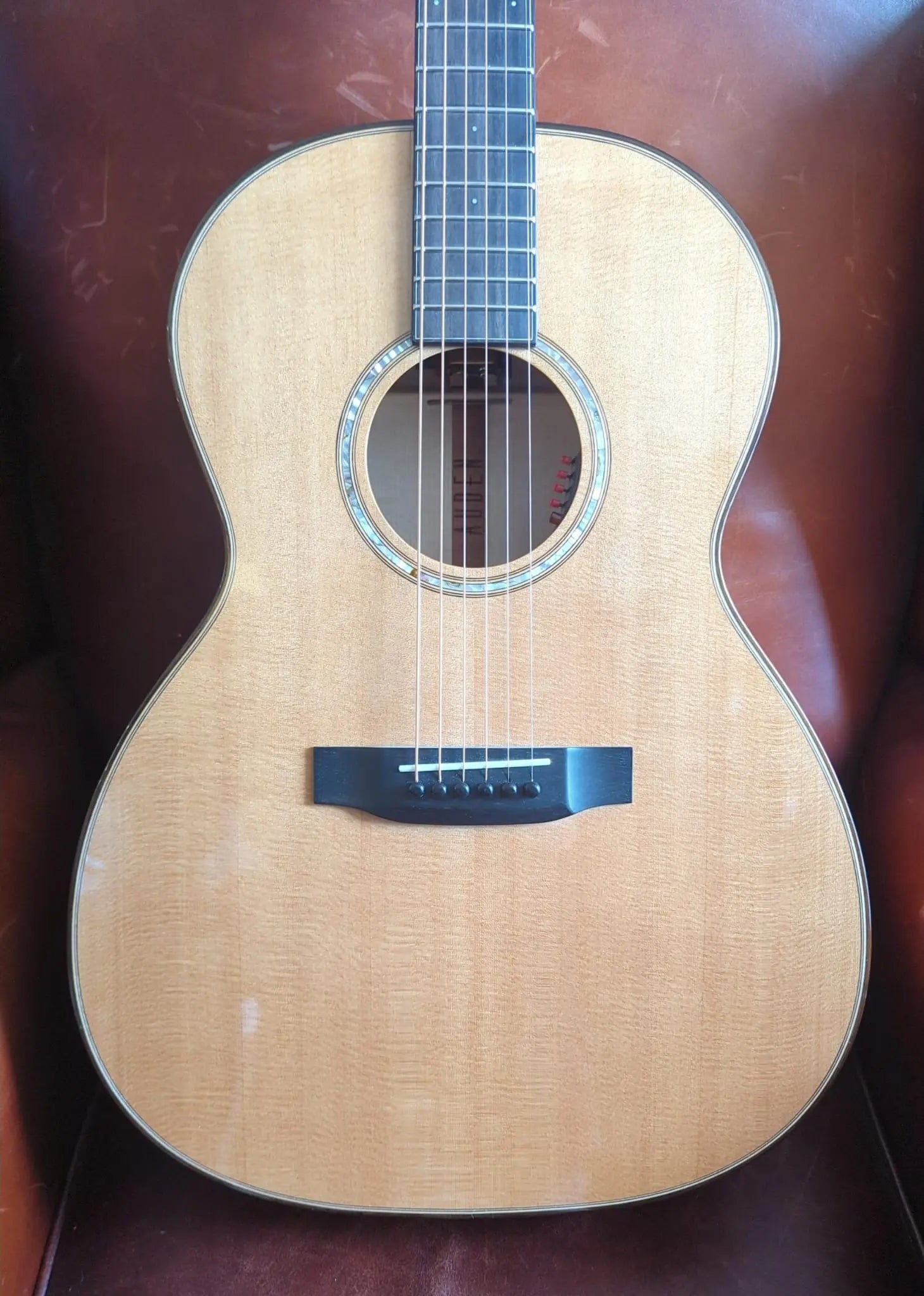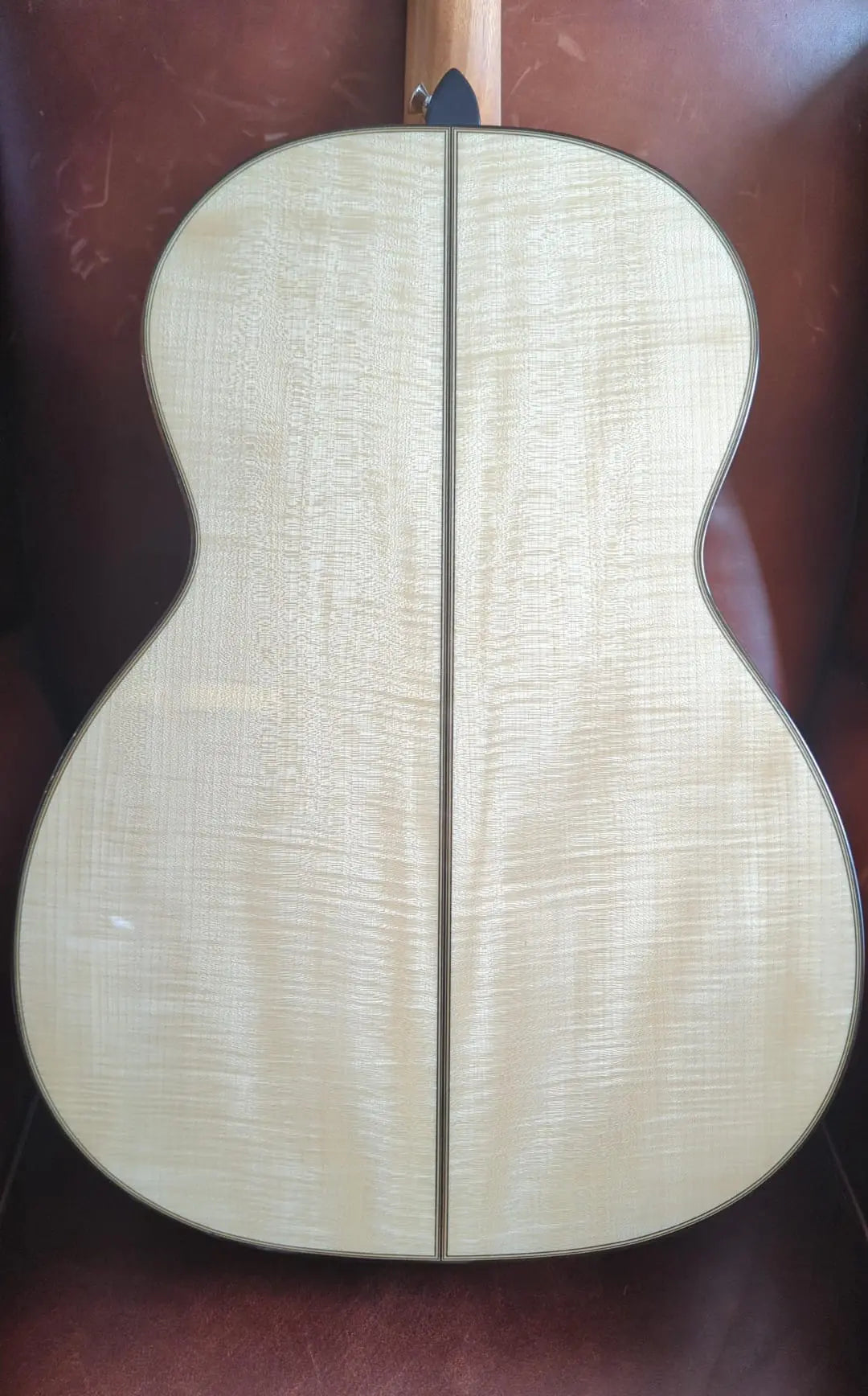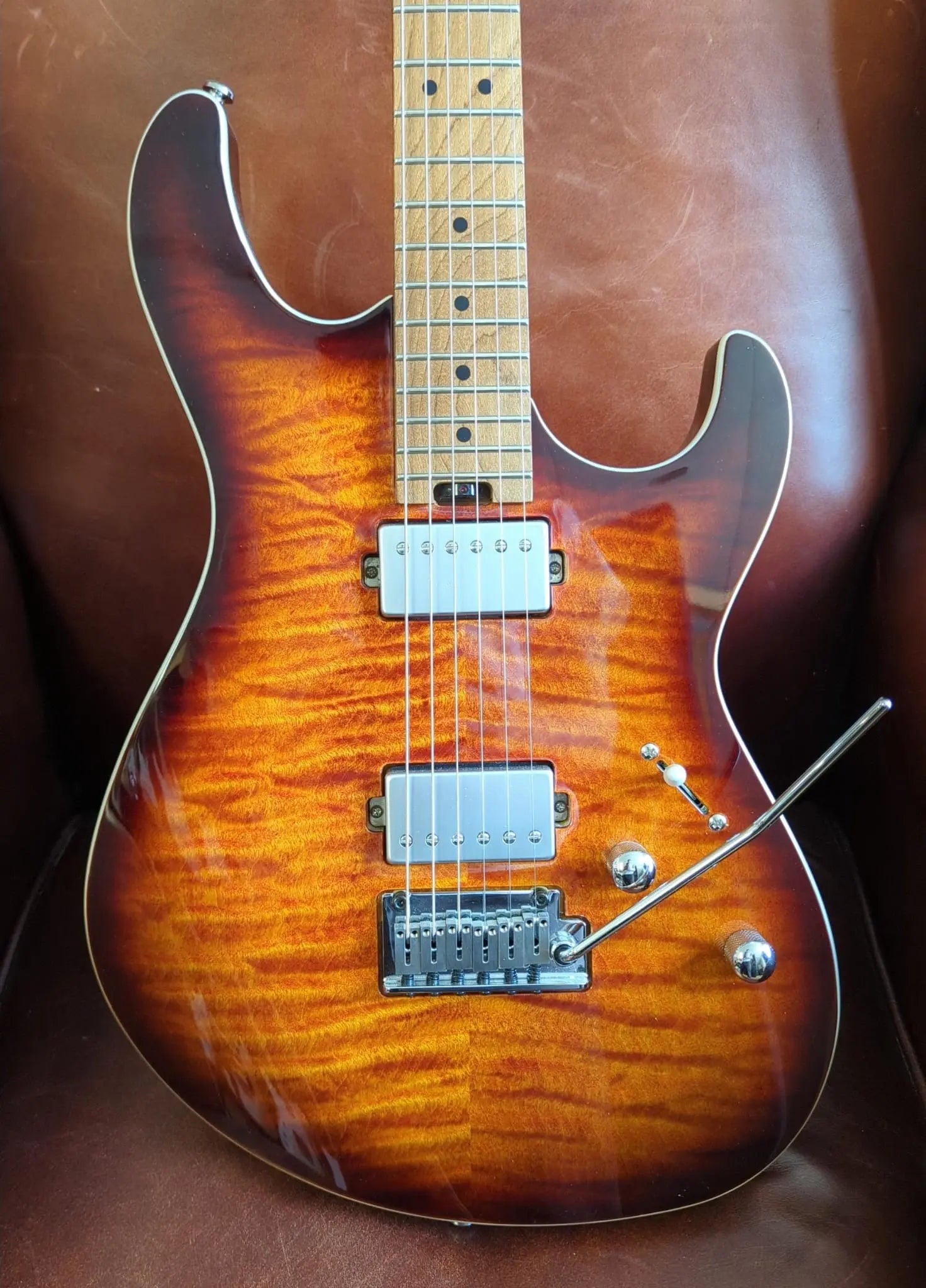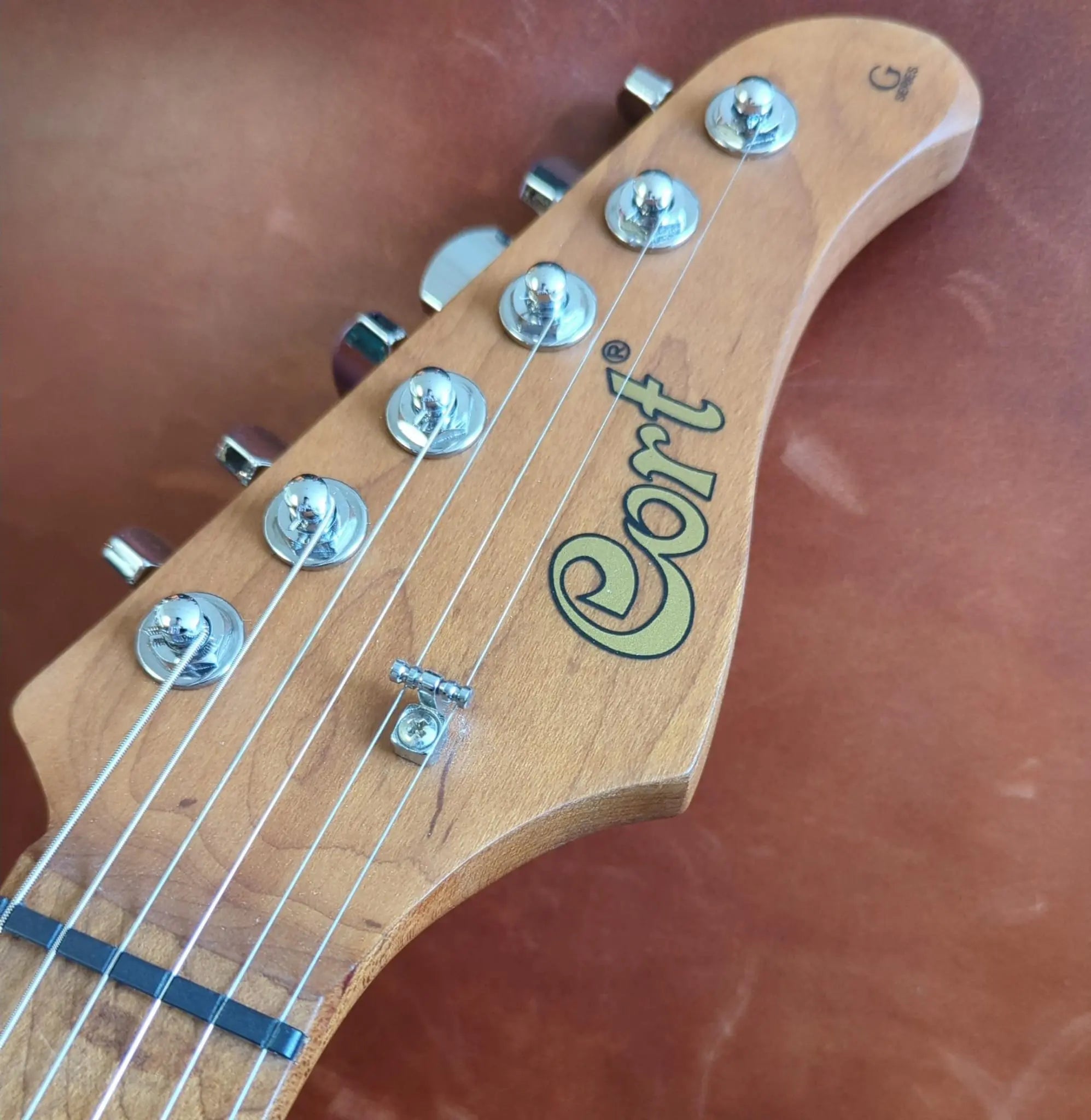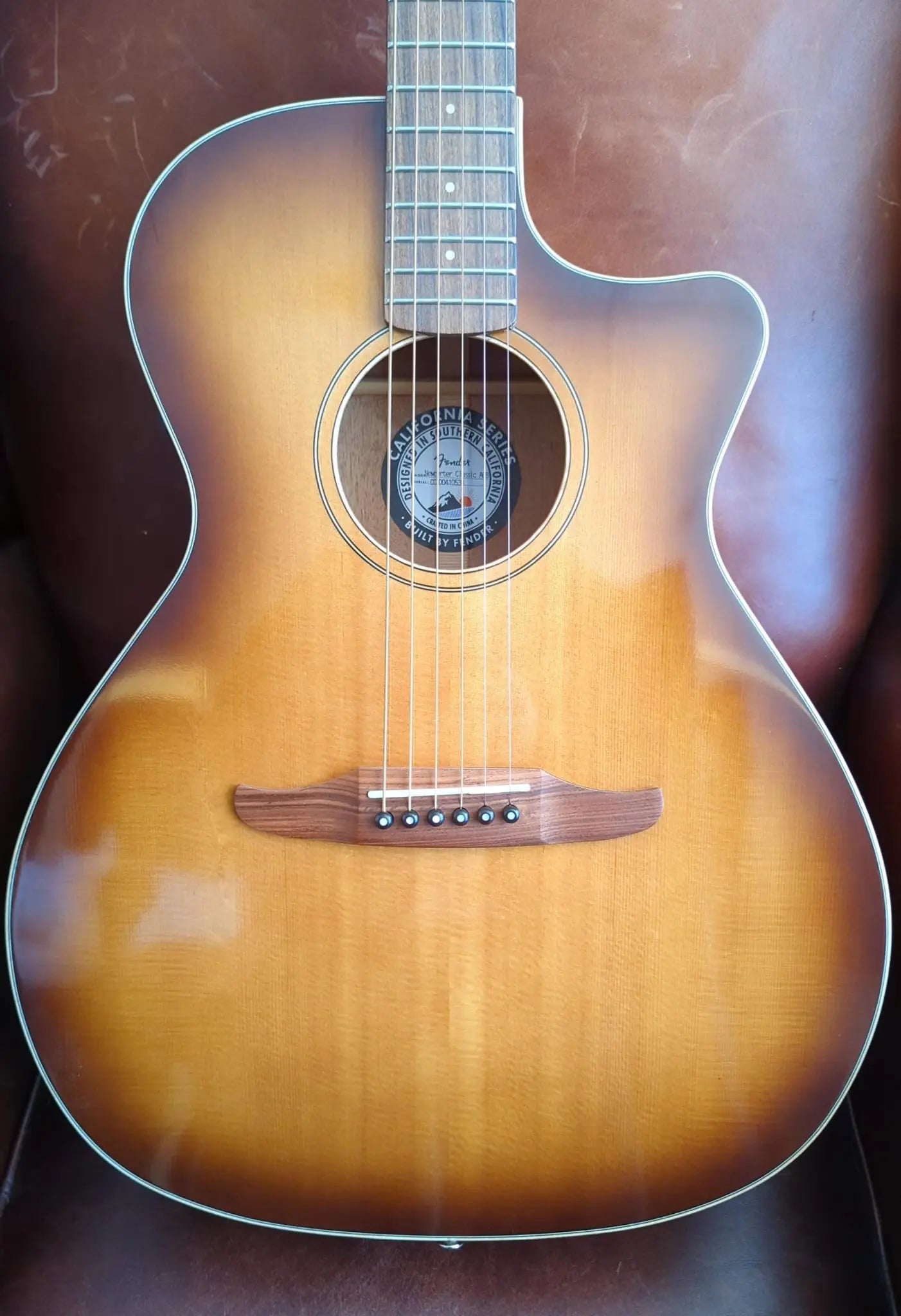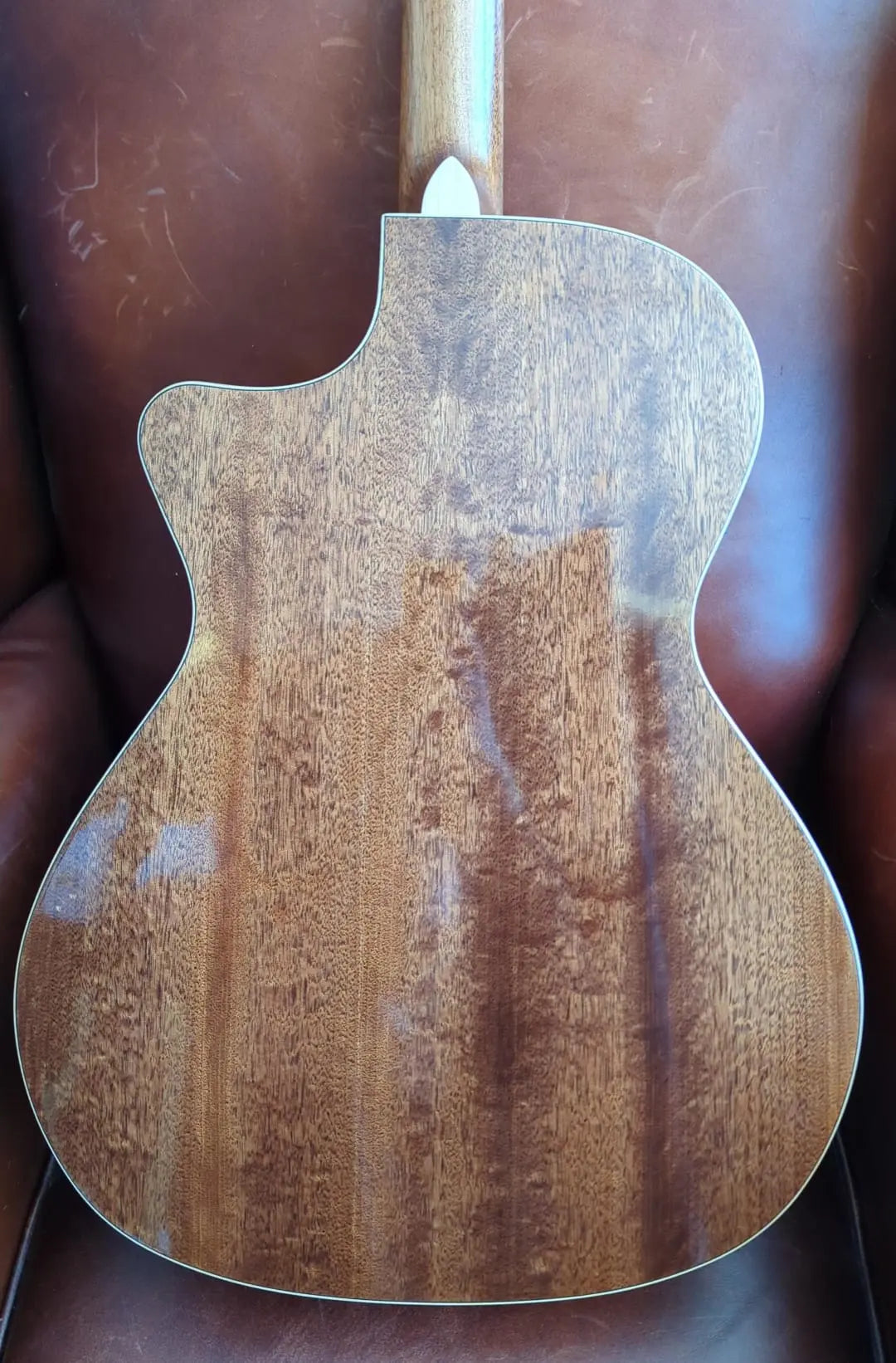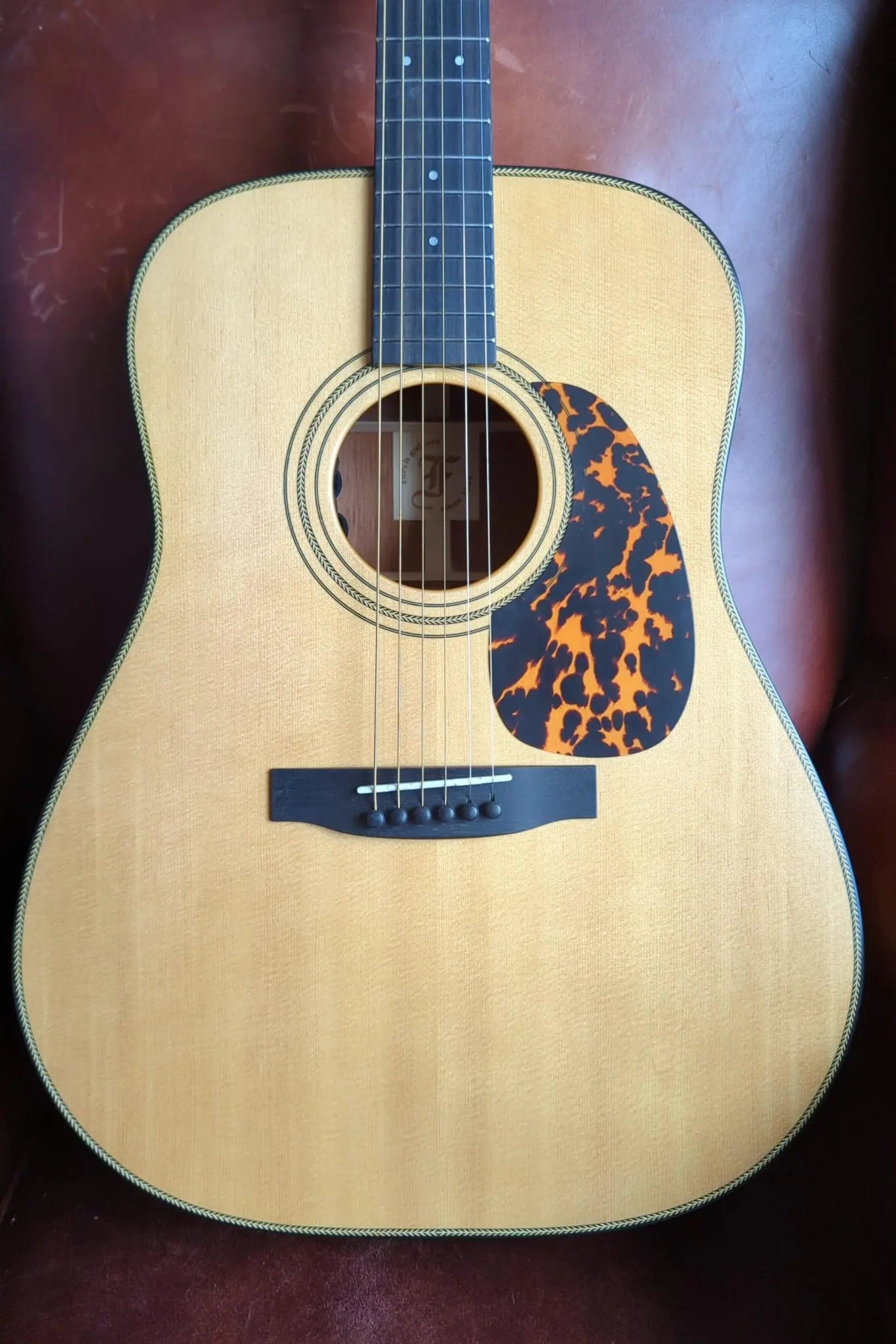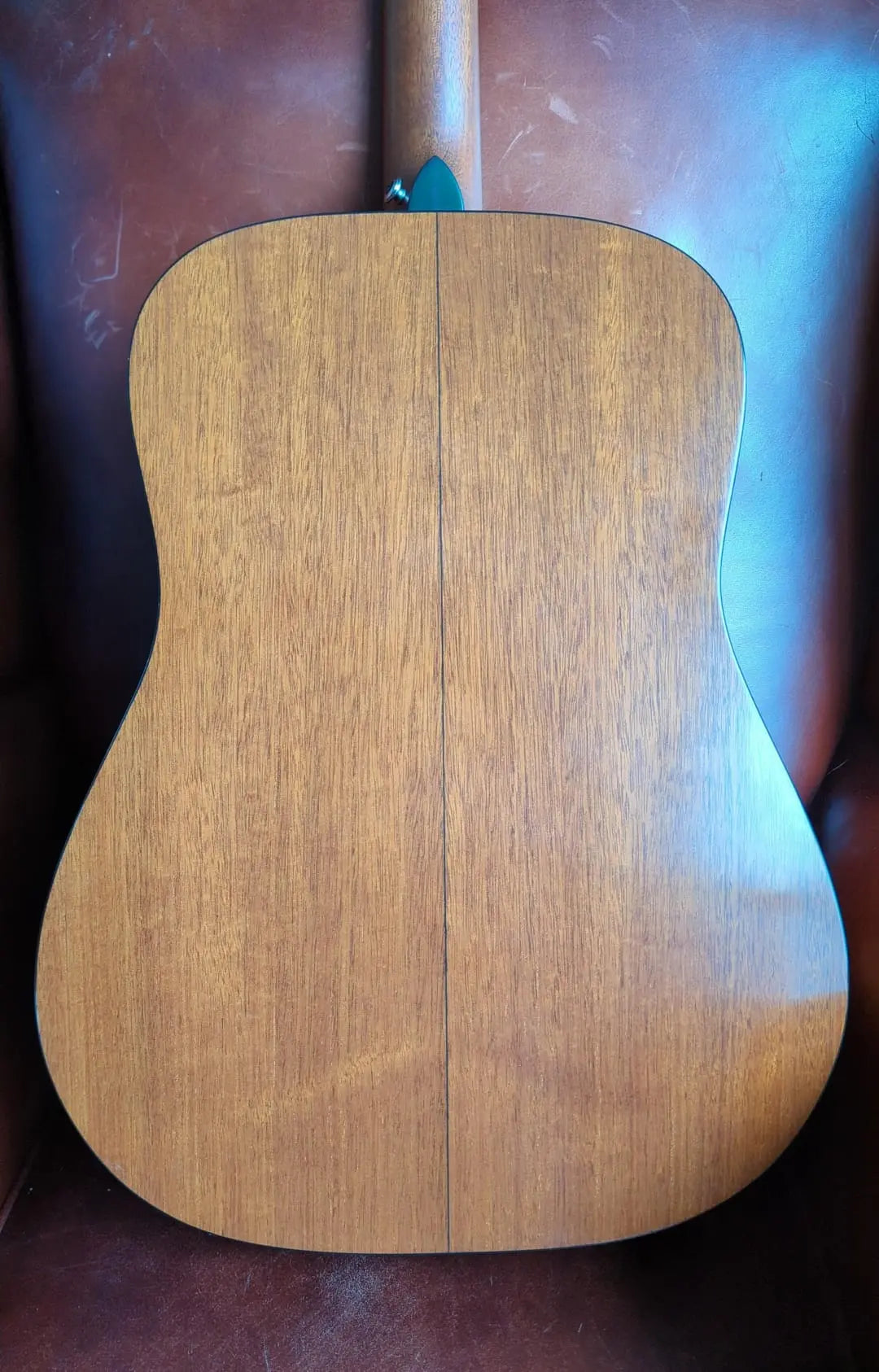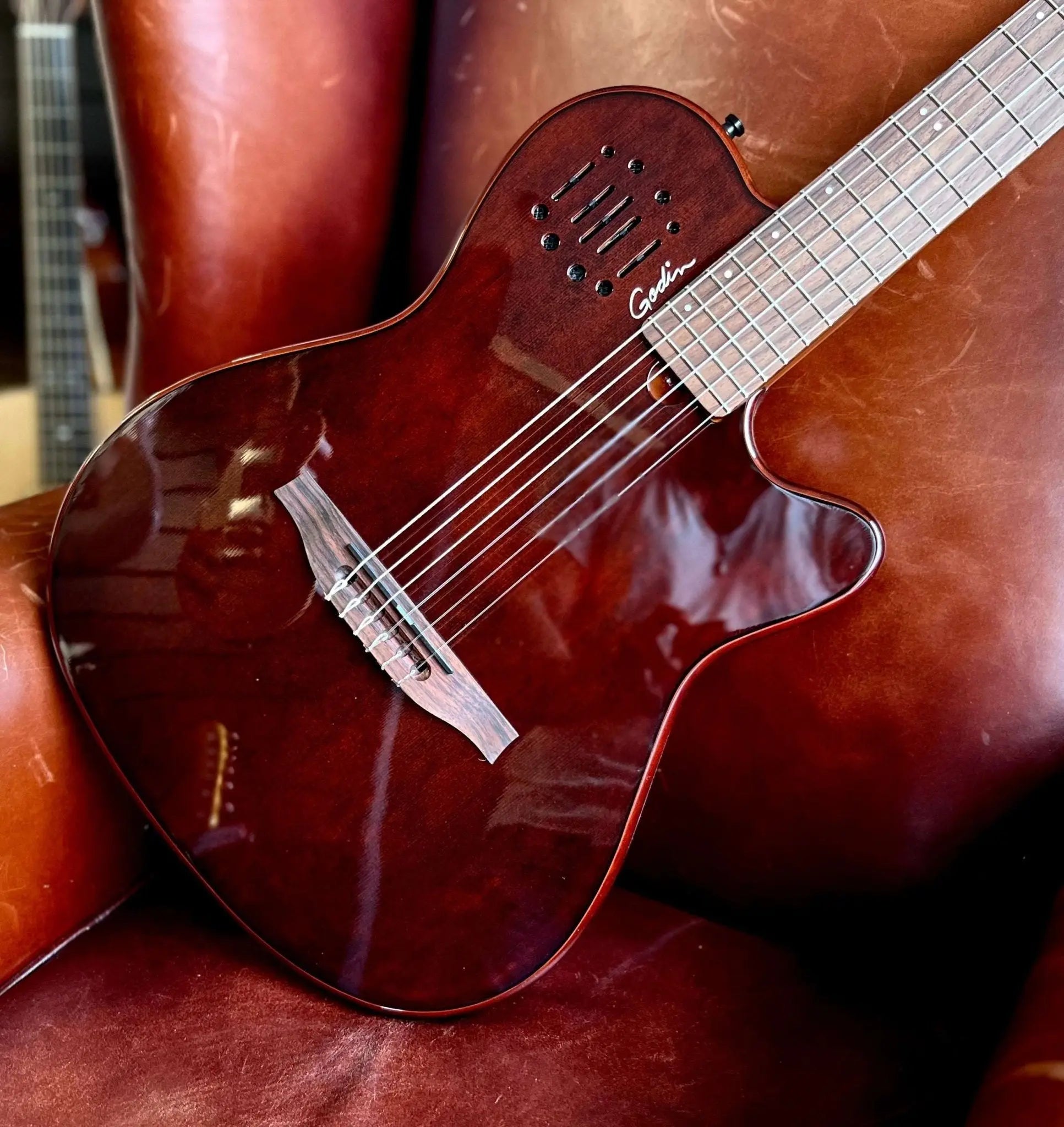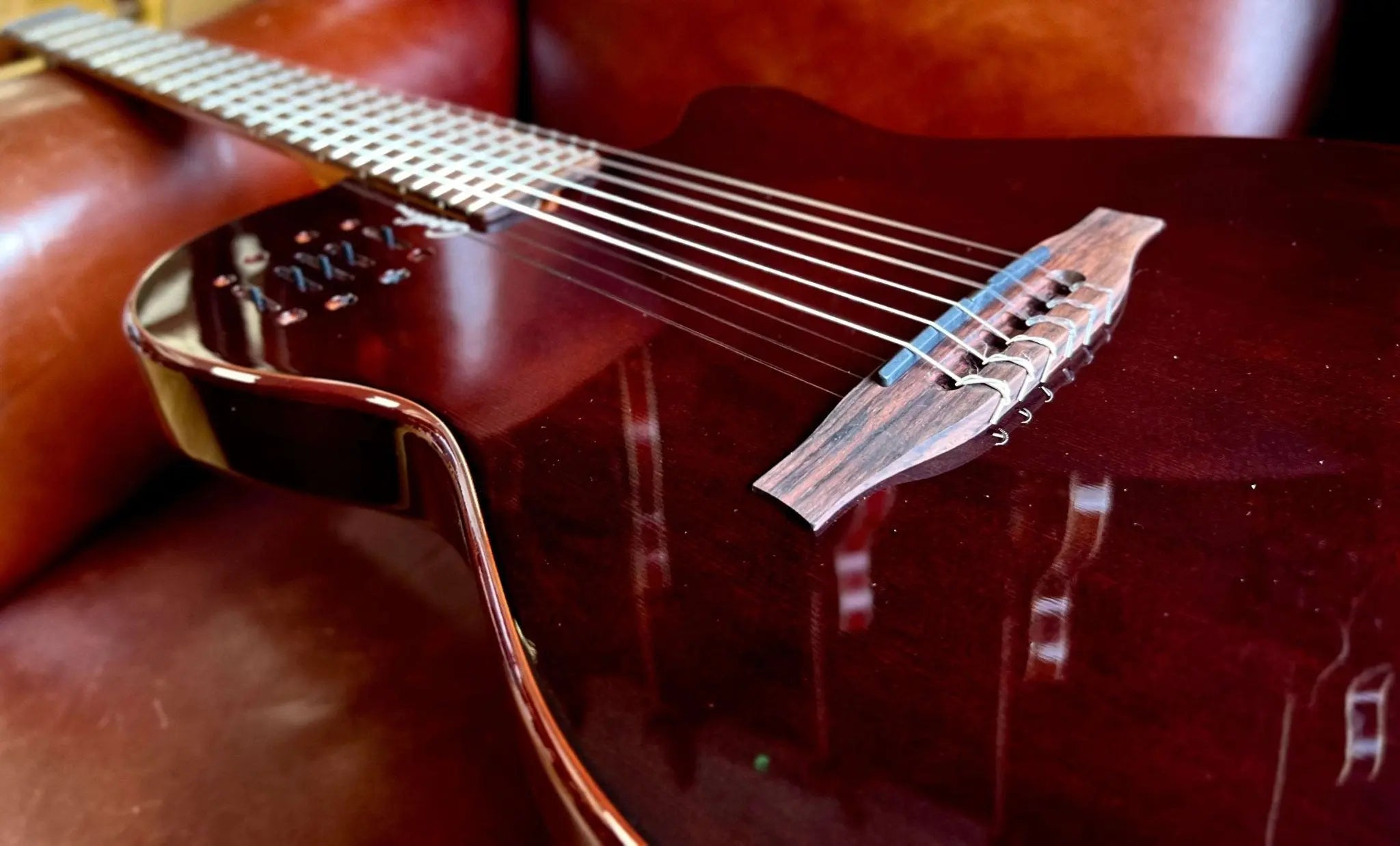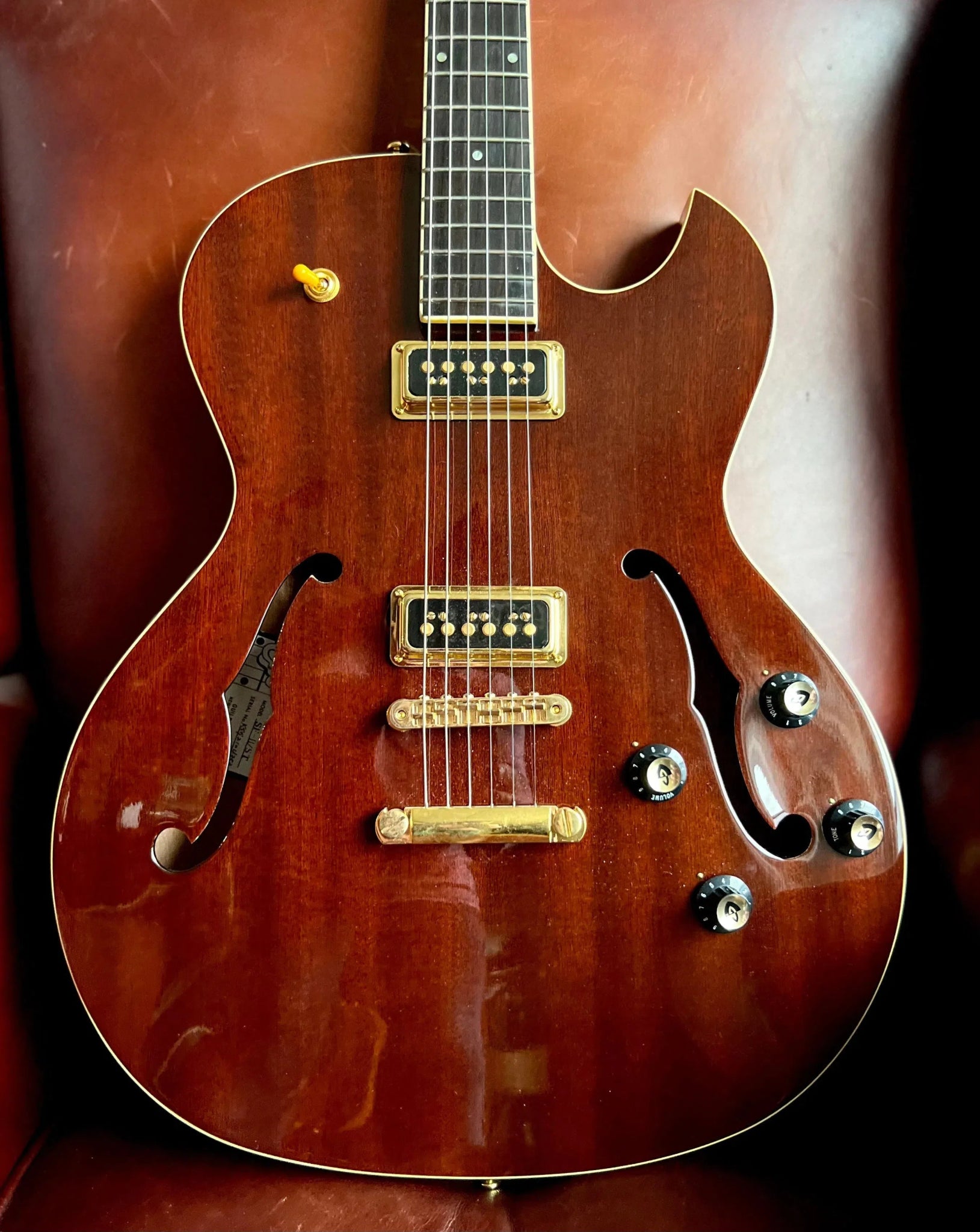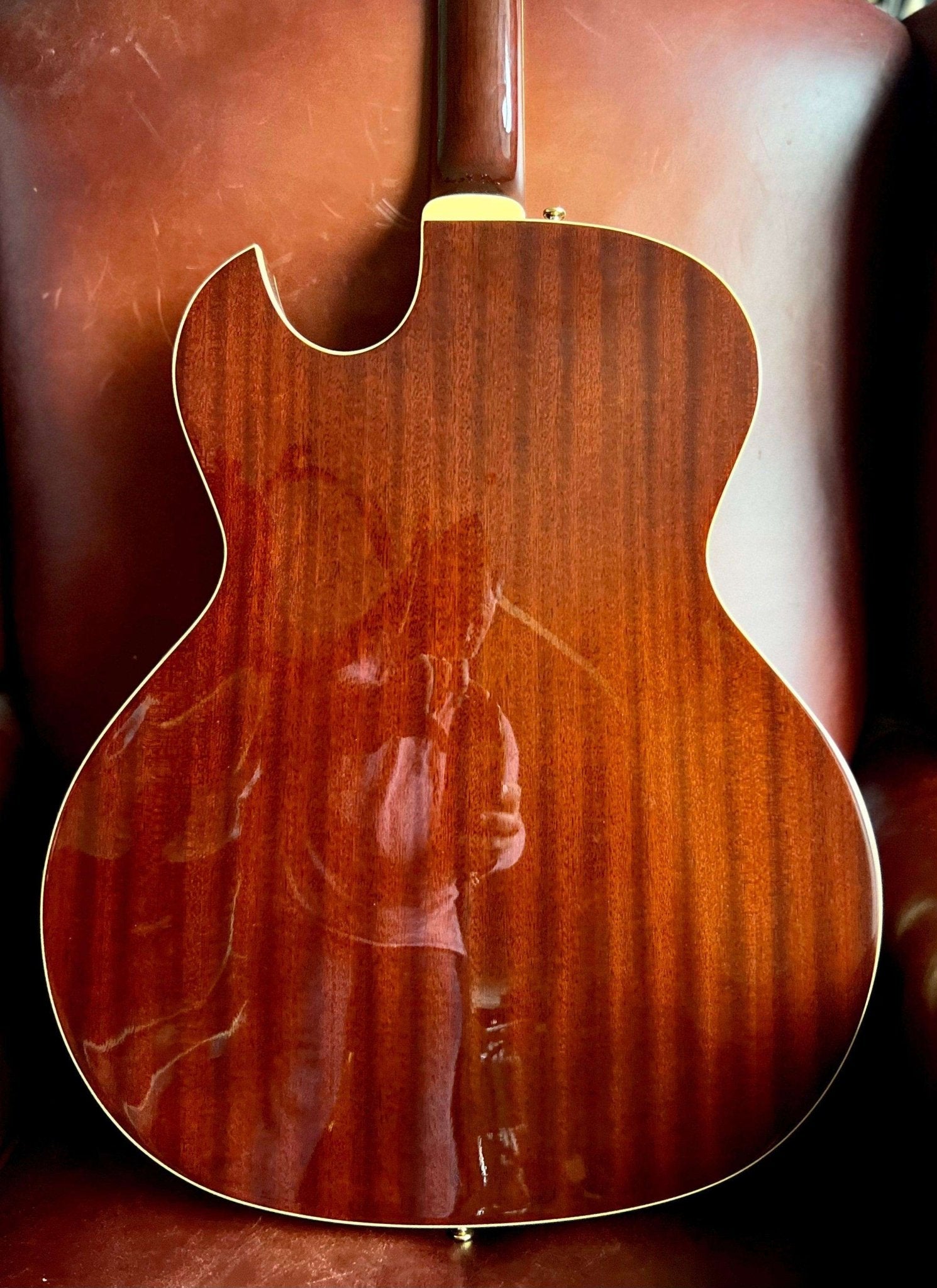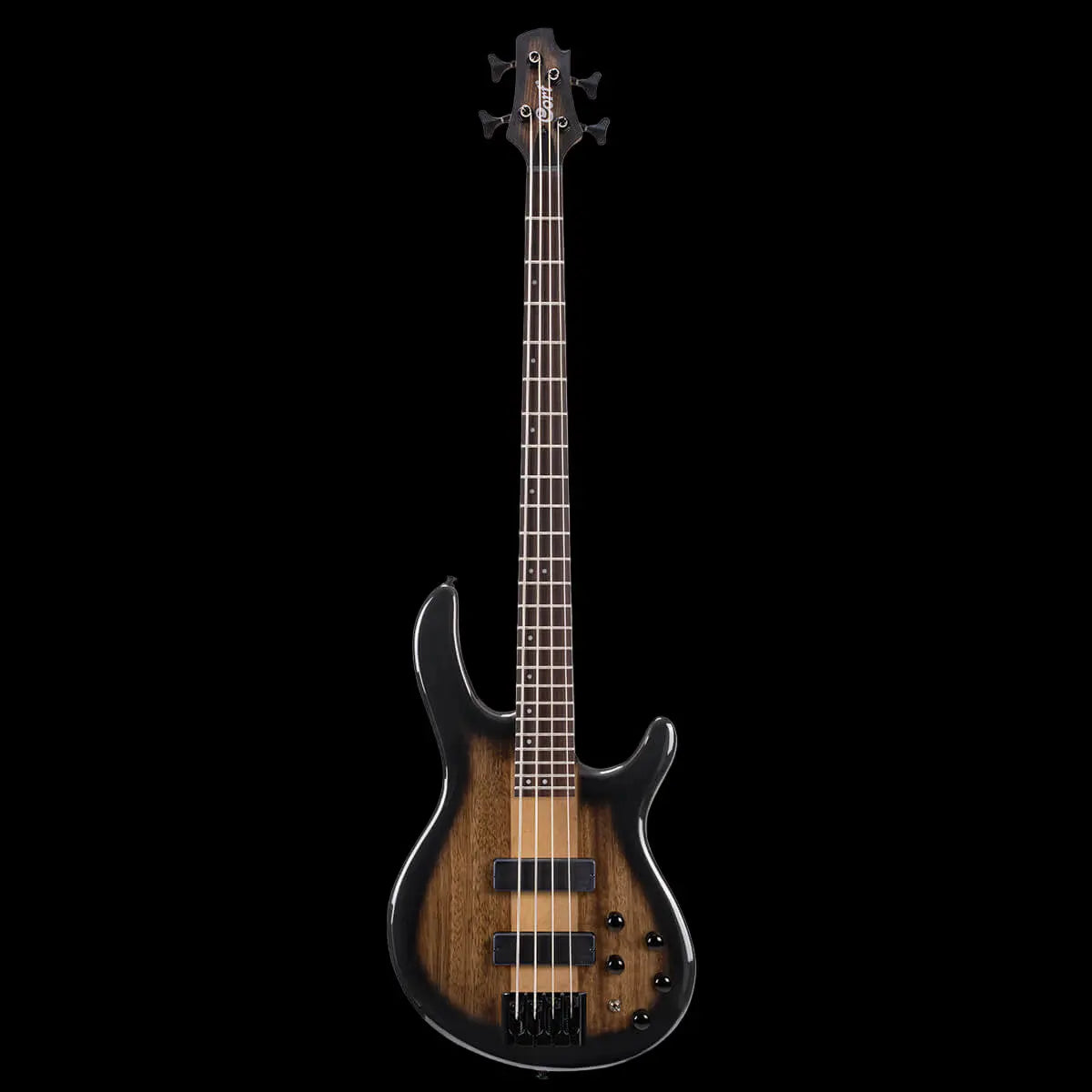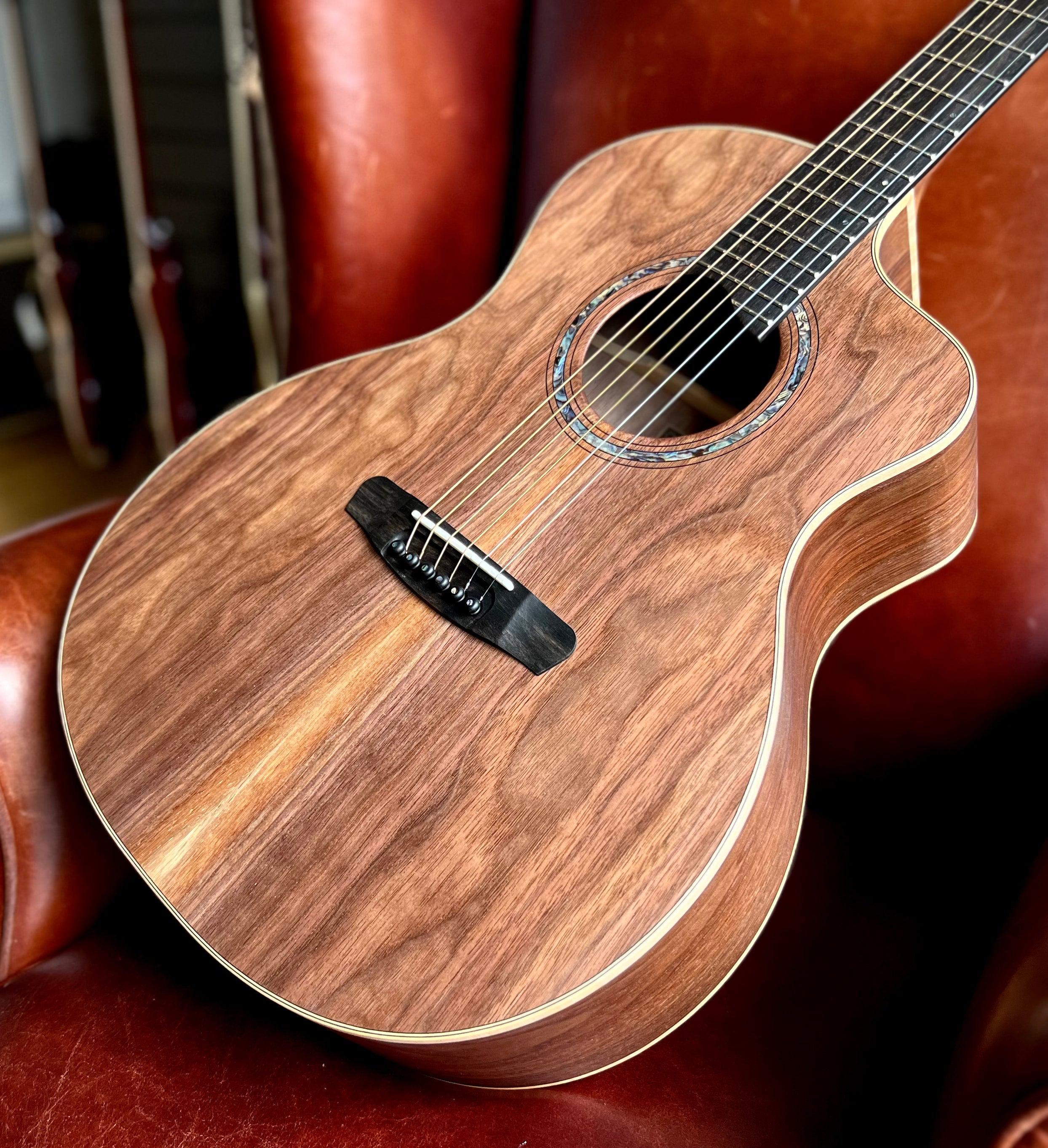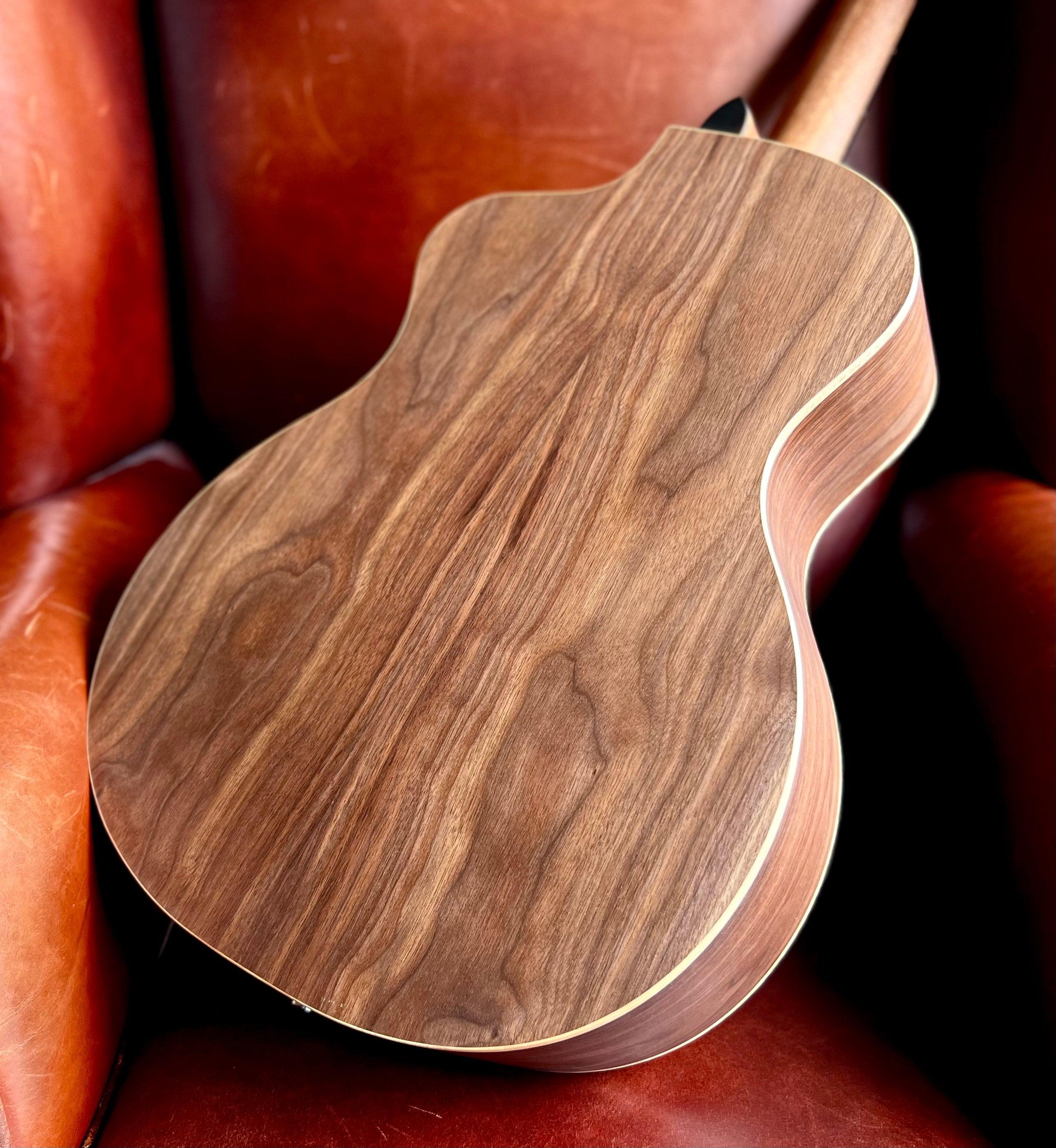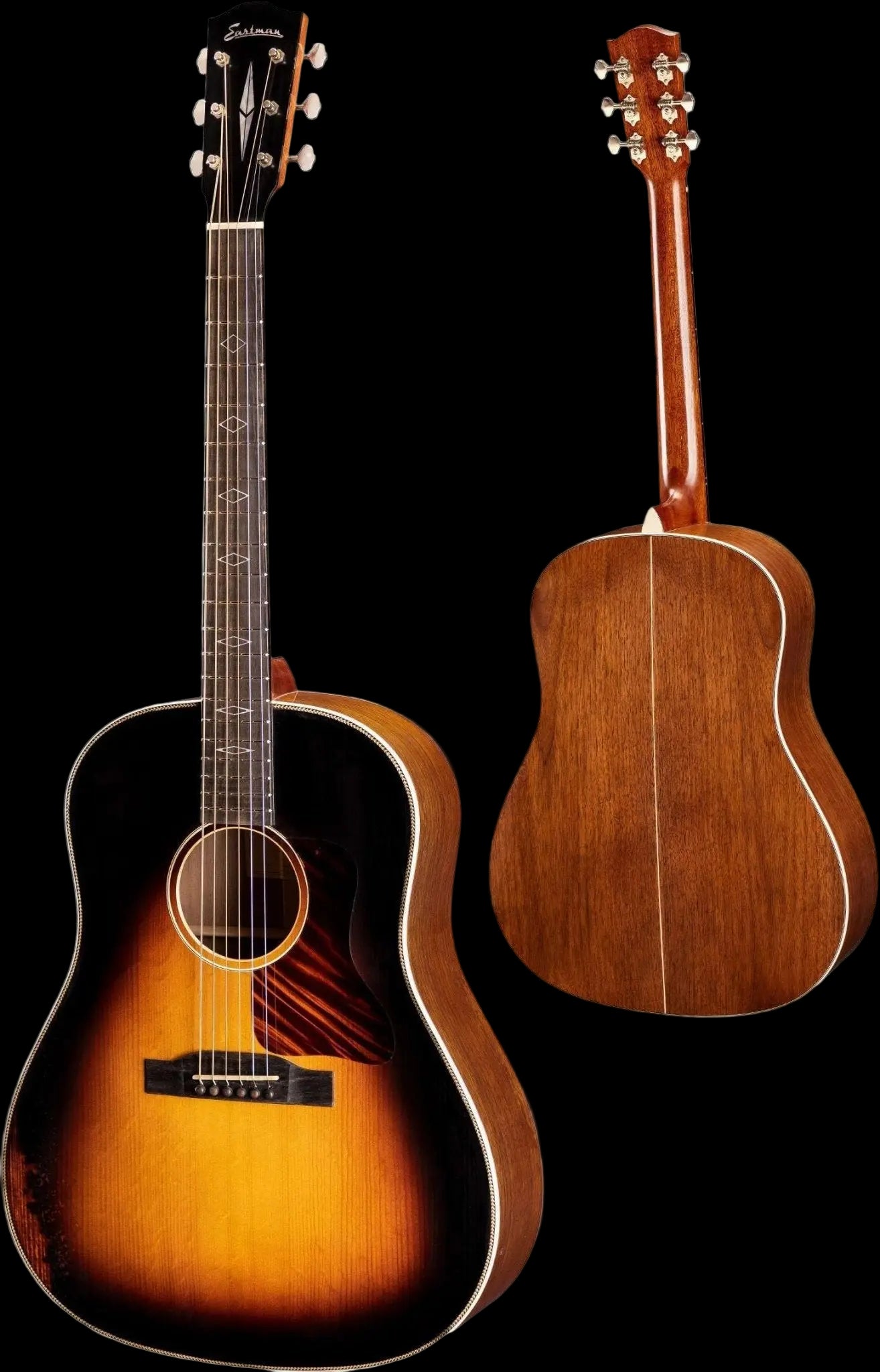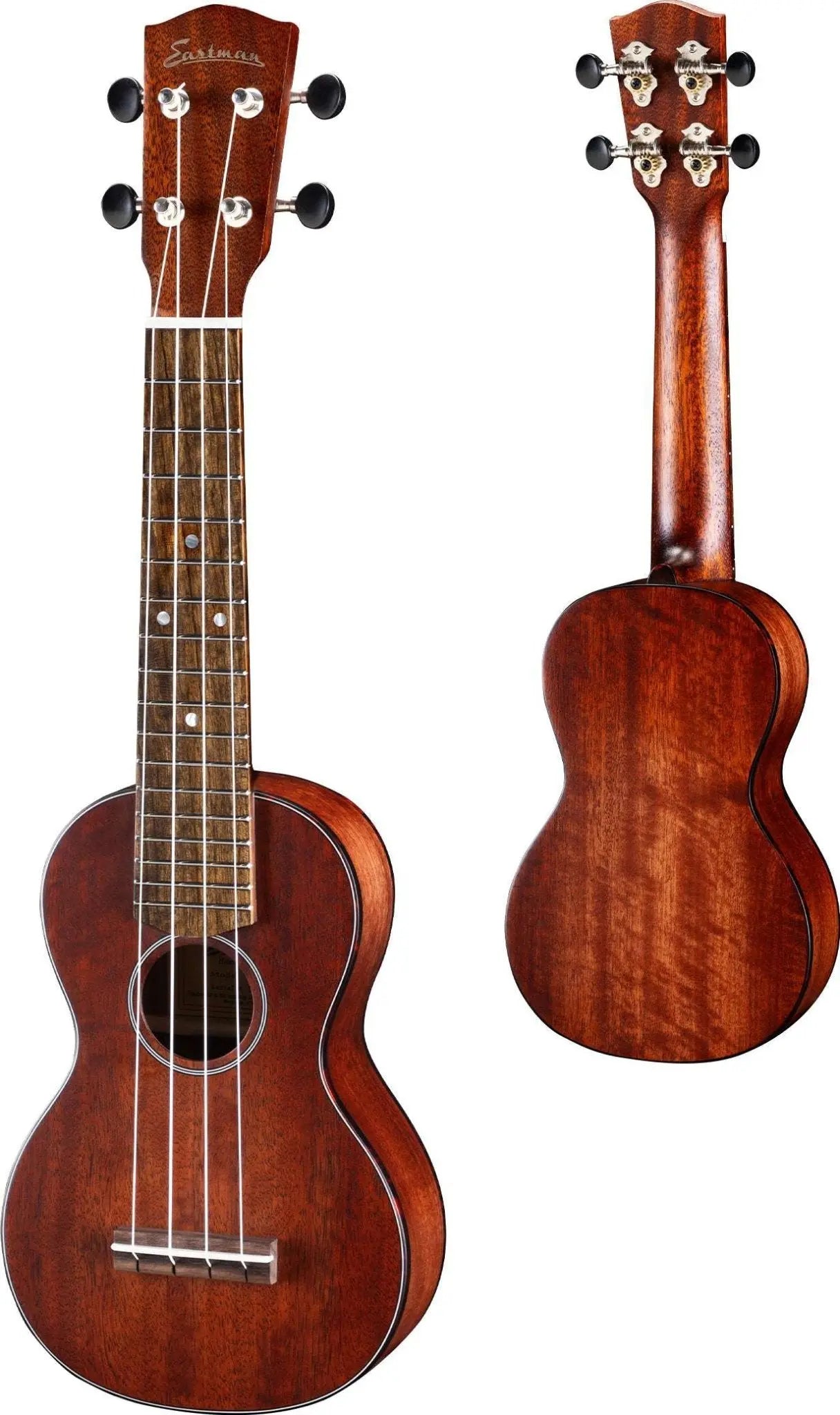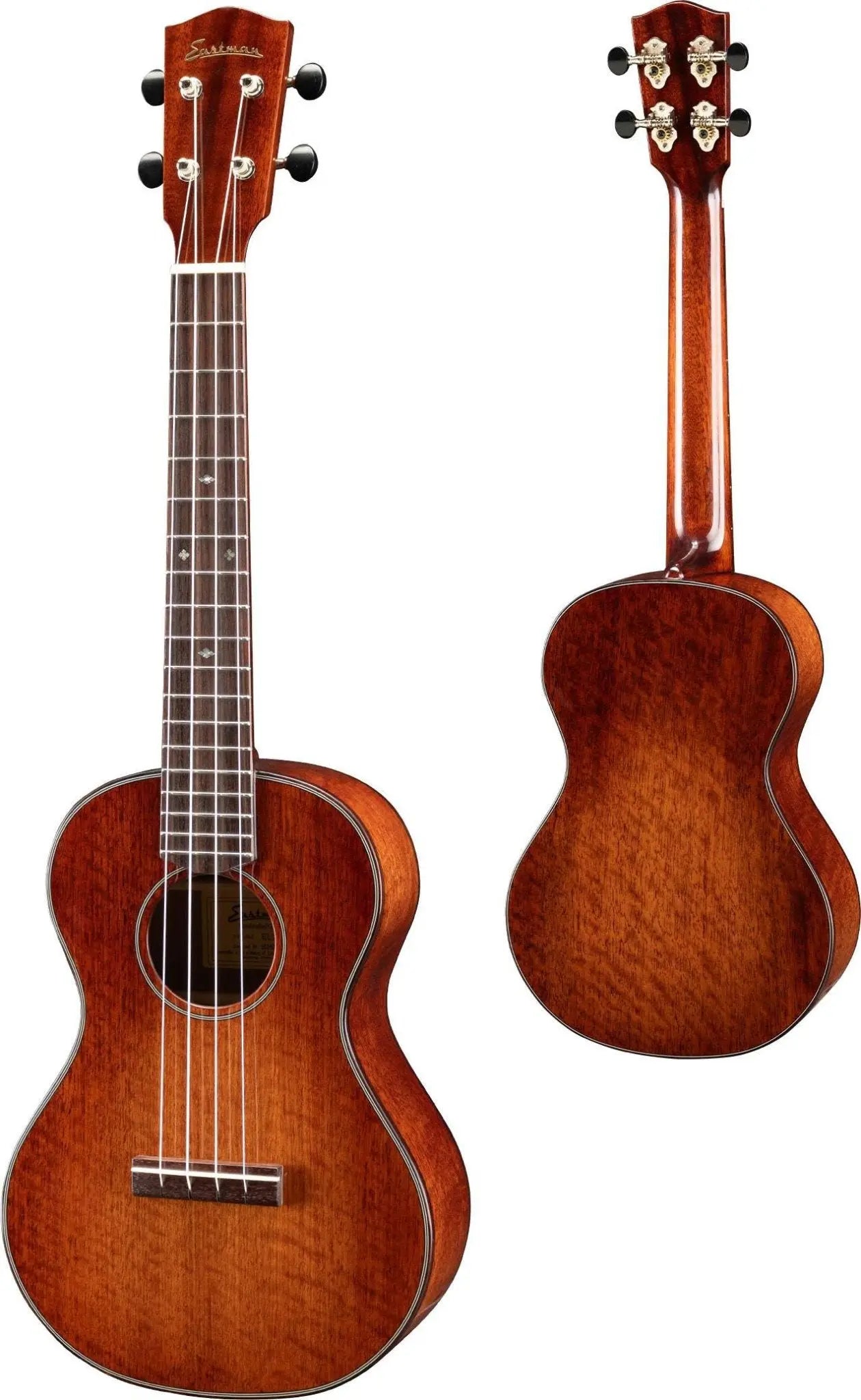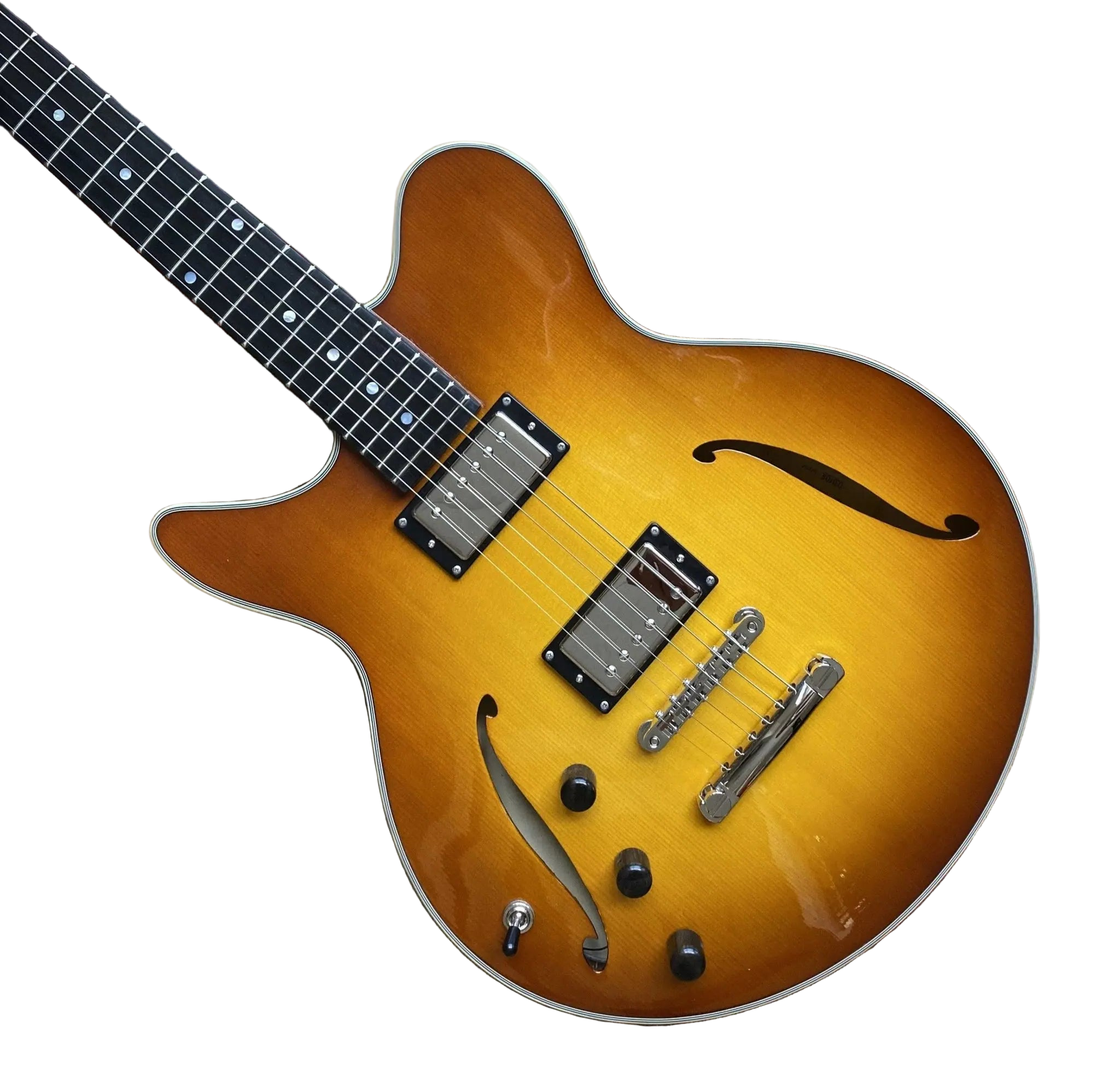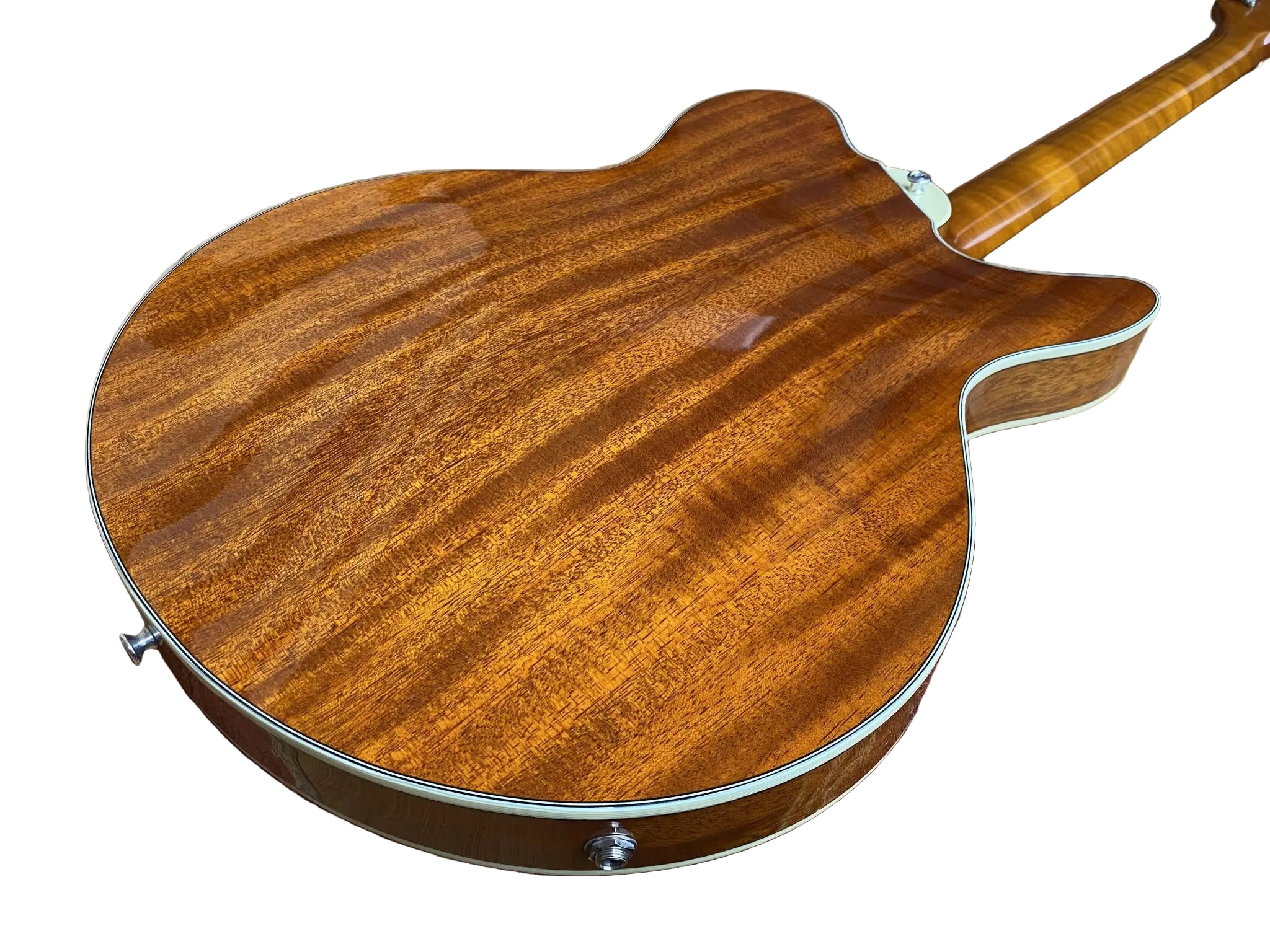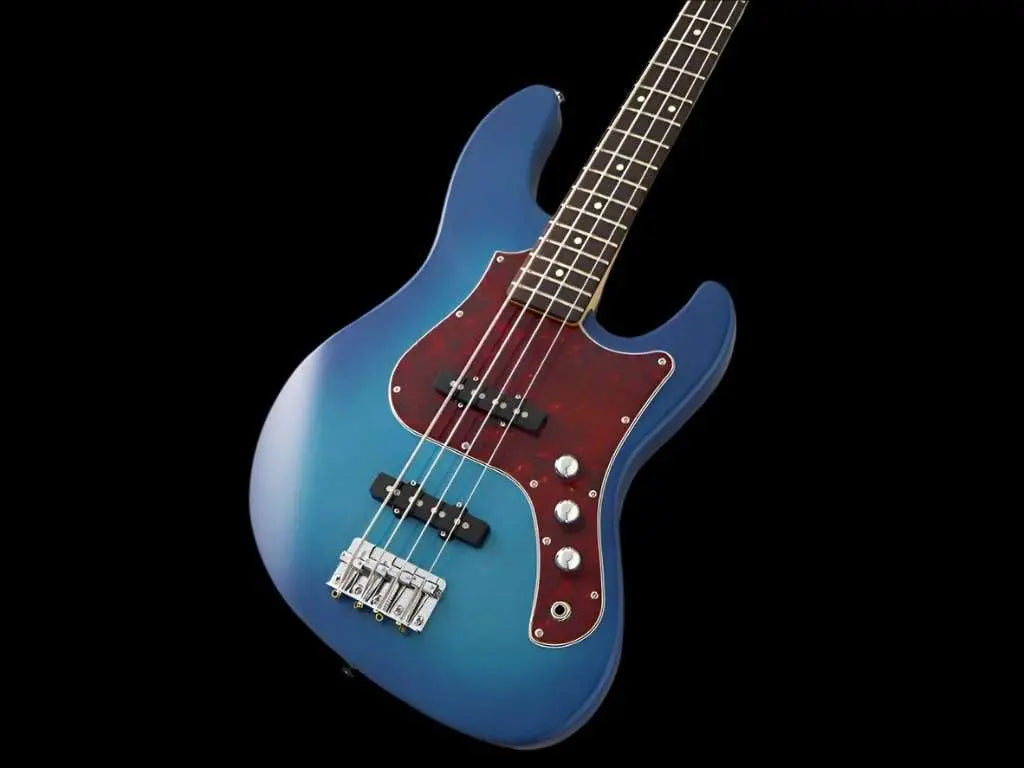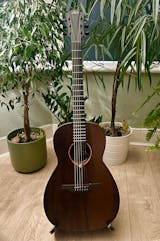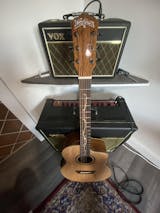Rosewood is a common and popular choice for the back and sides of an acoustic guitar due to its rich, warm sound and beautiful appearance. Rosewoods are known for their complex overtones, deep lows, and brilliant highs. There are several types of rosewood, each with unique characteristics and tonal properties, which have traditionally been used in guitar construction:
Brazilian Rosewood
Due to its superior tonal qualities, Brazilian Rosewood is often considered the holy grail of tonewoods. It's known for its deep bass and brilliant trebles, and produces a loud, full, and balanced tone. However, due to environmental concerns, this type of rosewood has been heavily regulated since the late 1960s and is no longer widely available. This makes Brazilian Rosewood guitars quite rare and expensive.
Indian Rosewood
Because of the unavailability of Brazilian Rosewood, Indian Rosewood has become the standard and most common rosewood used for guitar construction. It has rich low tones and a sparkling high end, making it one of the most balanced and versatile tonewoods. It's also praised for its beautiful grain and aesthetic appeal.
Madagascar Rosewood
Known for its sonic qualities that fall somewhere between Brazilian and Indian Rosewood. It has a similar tonality to Brazilian Rosewood, with a wide tonal range and excellent projection, but has a slightly lighter color.
Cocobolo Rosewood
This Central American hardwood is heavy and dense, with a bright tone similar to Koa or Maple but with the deep, resonant bass response of traditional Rosewoods. It's also highly figured and visually striking, often in hues of red, orange, and yellow.
Honduran (or Amazon) Rosewood
Although less common in acoustic guitars, this variant is a valued tonewood with warm basses and clear trebles.
East Indian Rosewood
East Indian Rosewood has a deep, warm, resonant tone and a sleek, dark appearance. This wood has become very popular due to its availability and lower cost.
Santos Rosewood
Also known as Pau Ferro, this variant is actually not a true rosewood but has similar tonal characteristics. It provides strong mids and highs and is visually appealing.
However, it's important to note that due to regulations such as the CITES (Convention on International Trade in Endangered Species of Wild Fauna and Flora), the use of true rosewoods in instrument manufacture is becoming more restricted as many species have become endangered. More sustainable, yet tonally similar, alternatives are being sought by many luthiers





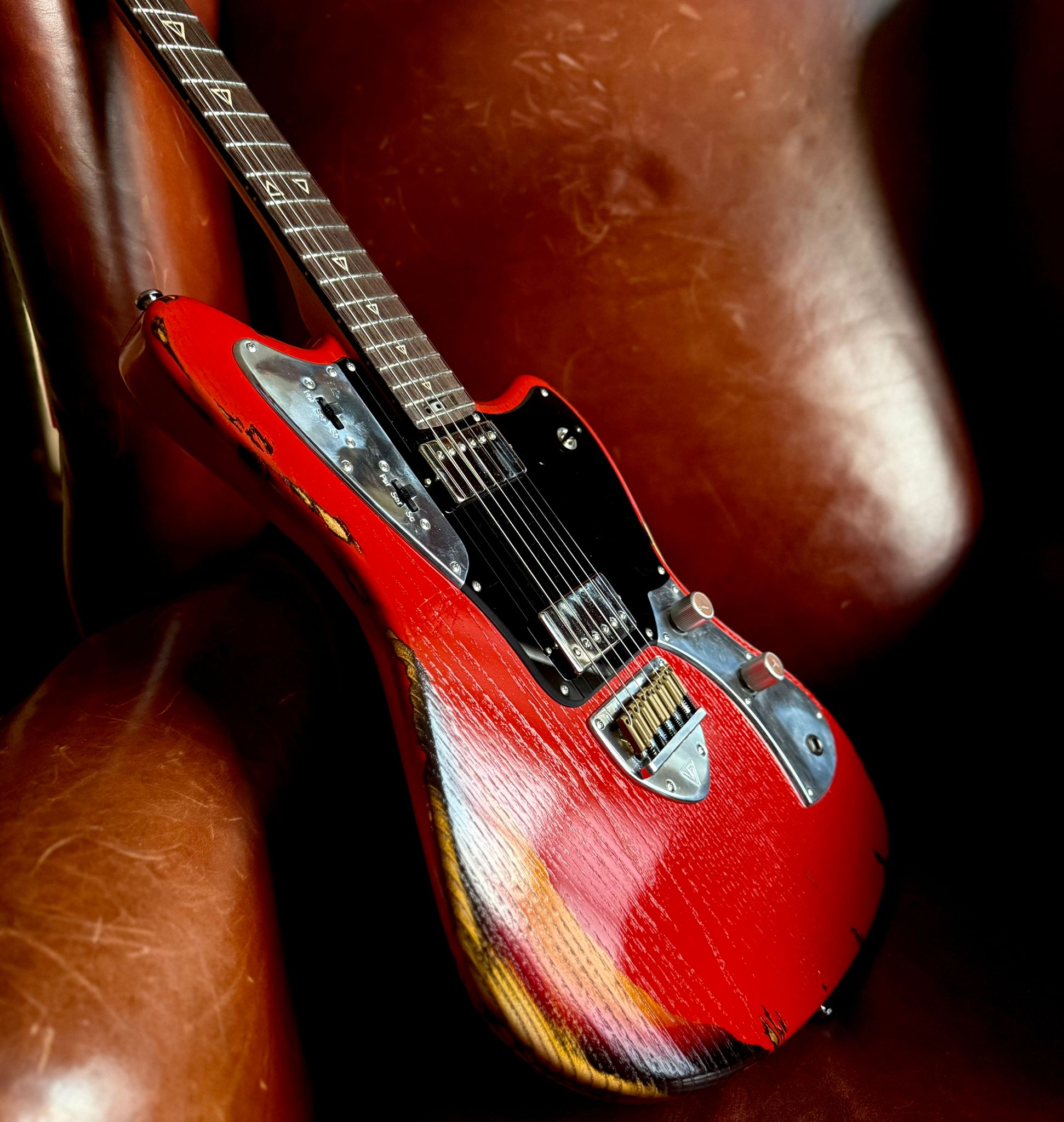
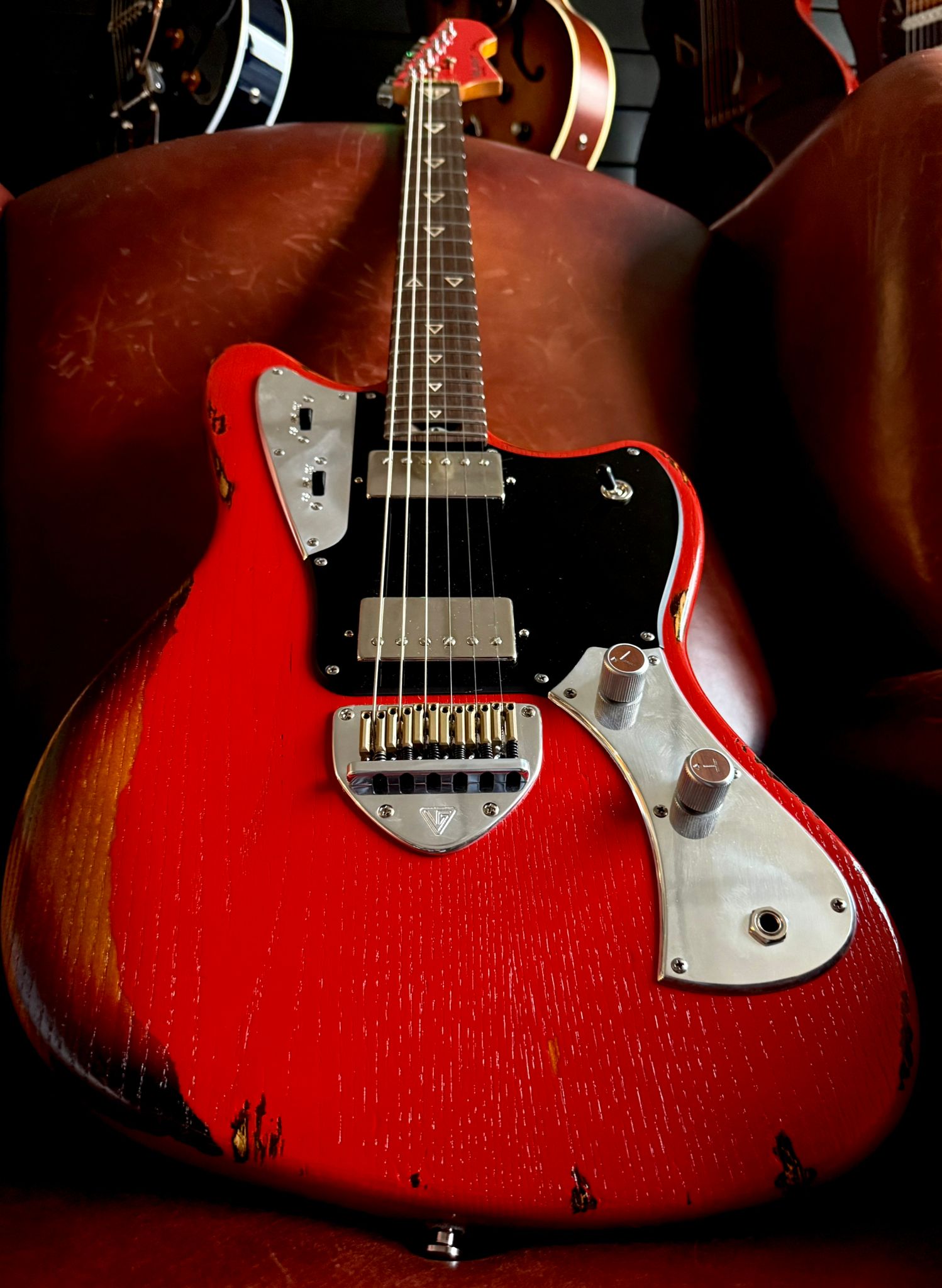
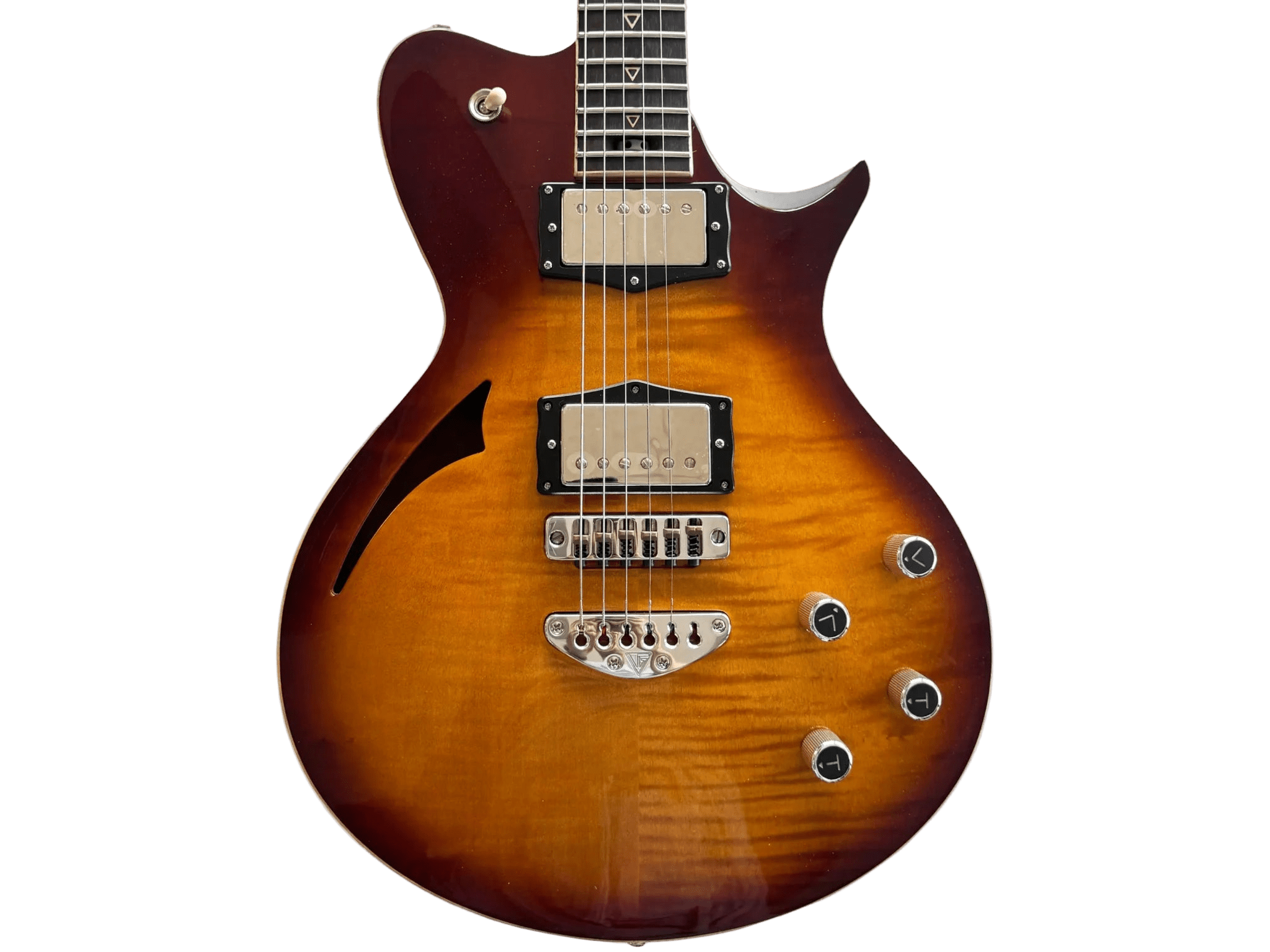
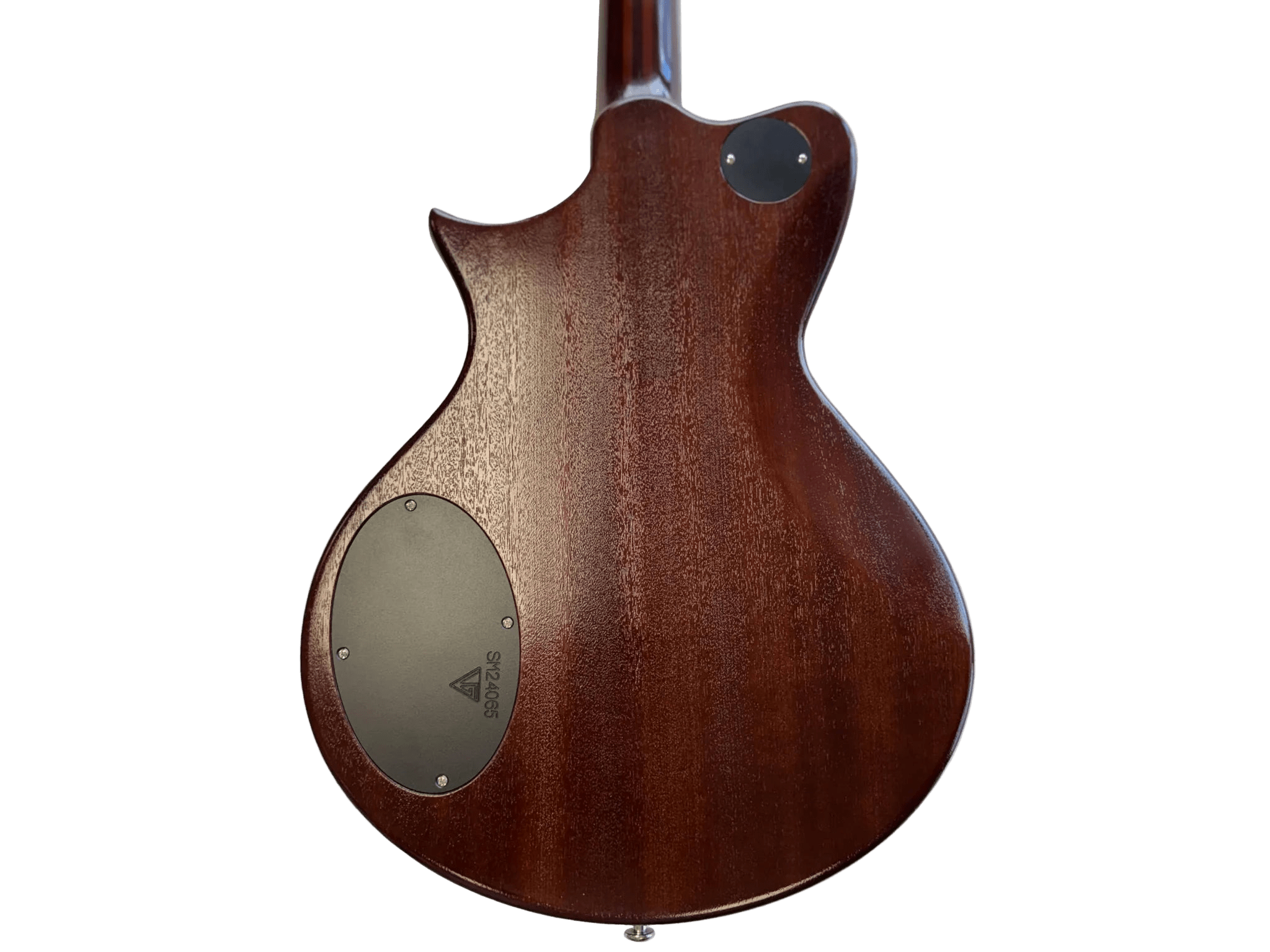
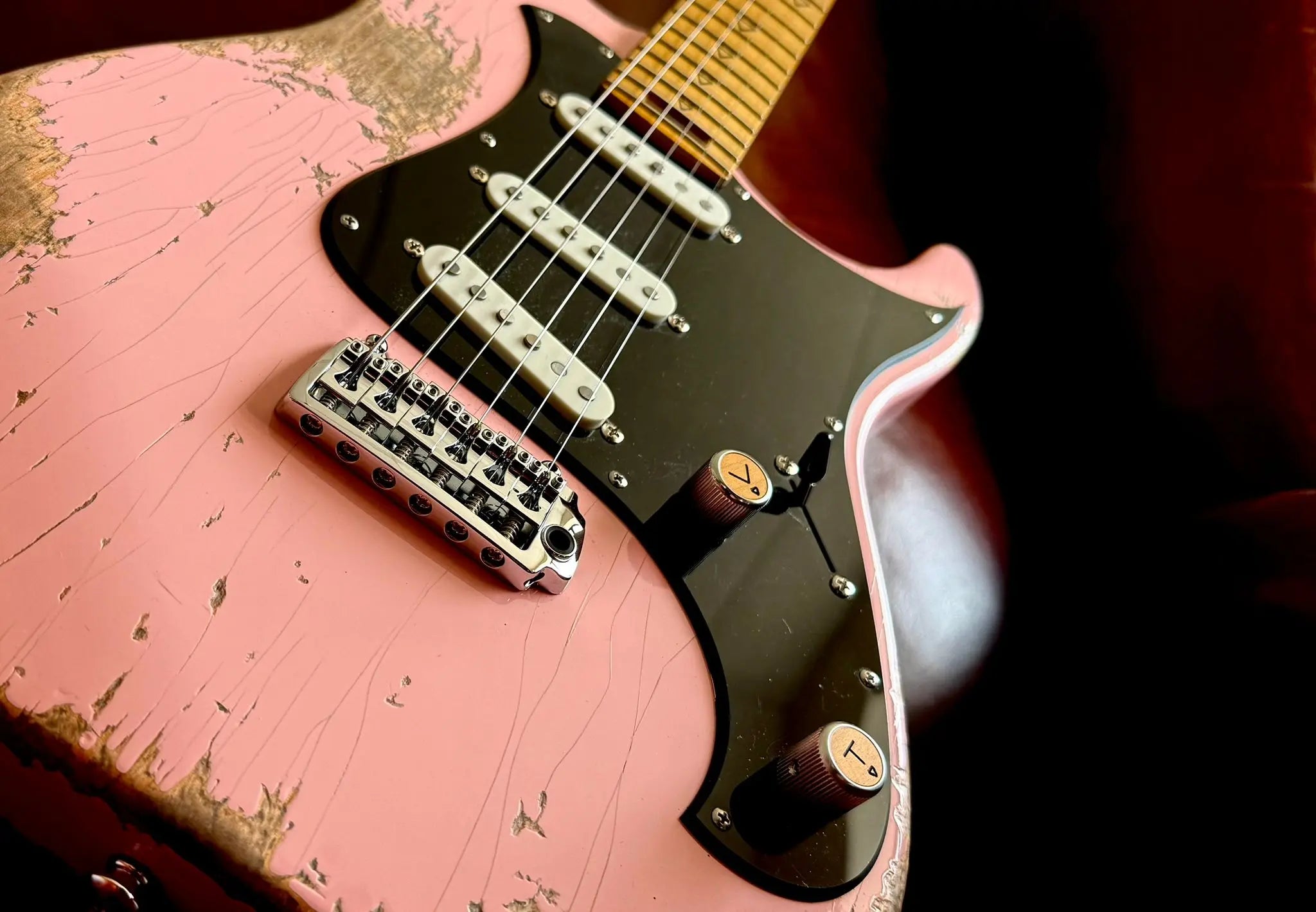
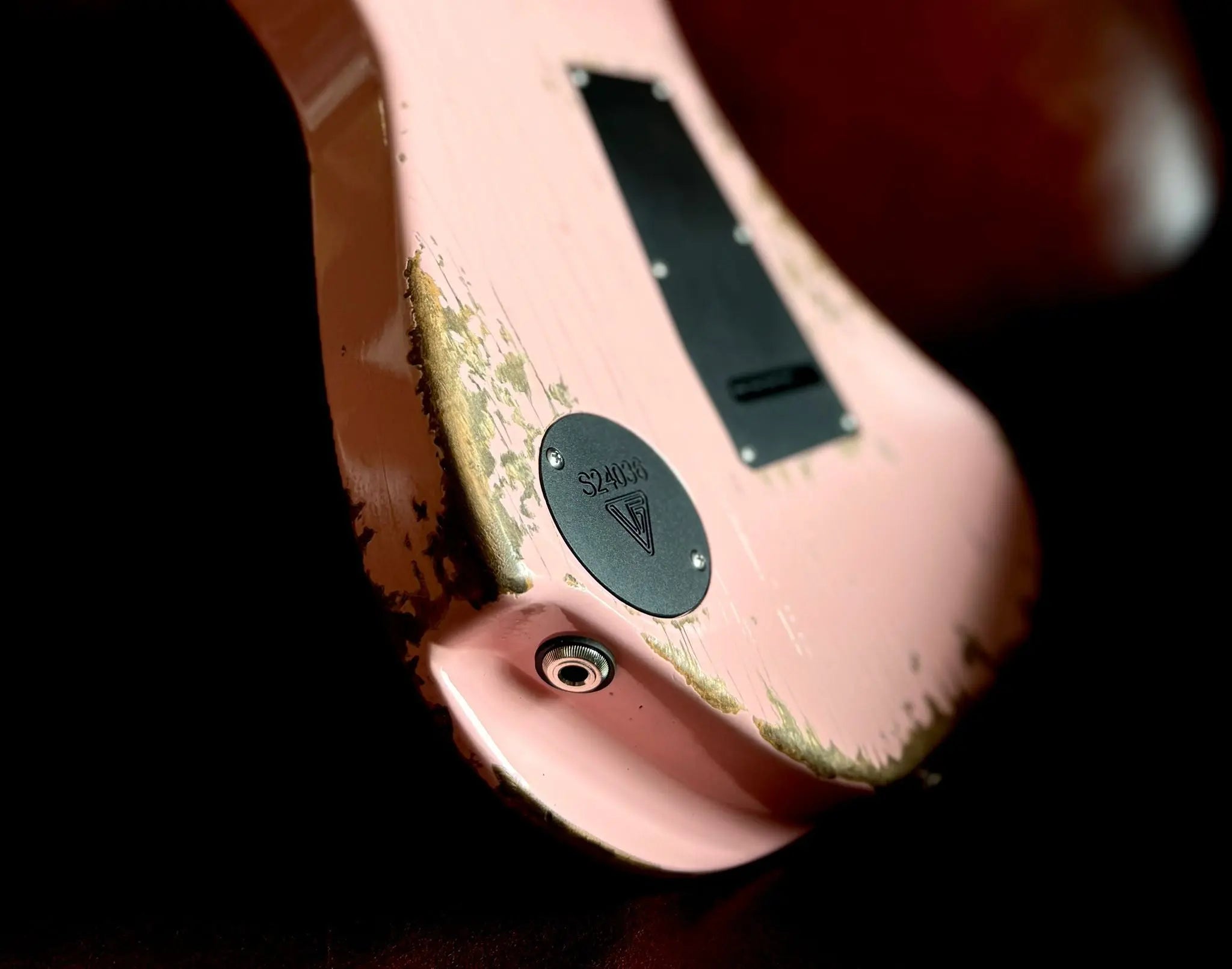




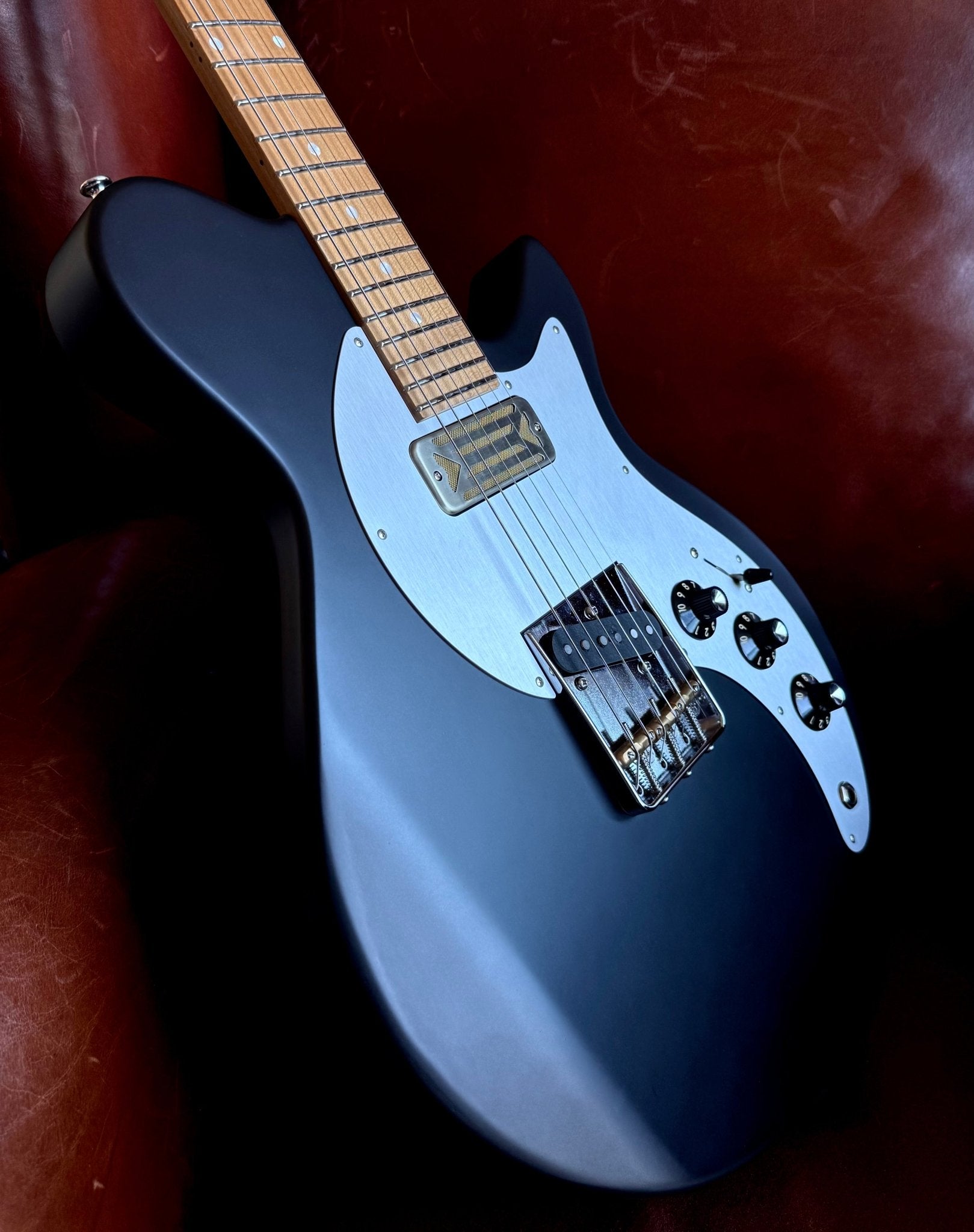
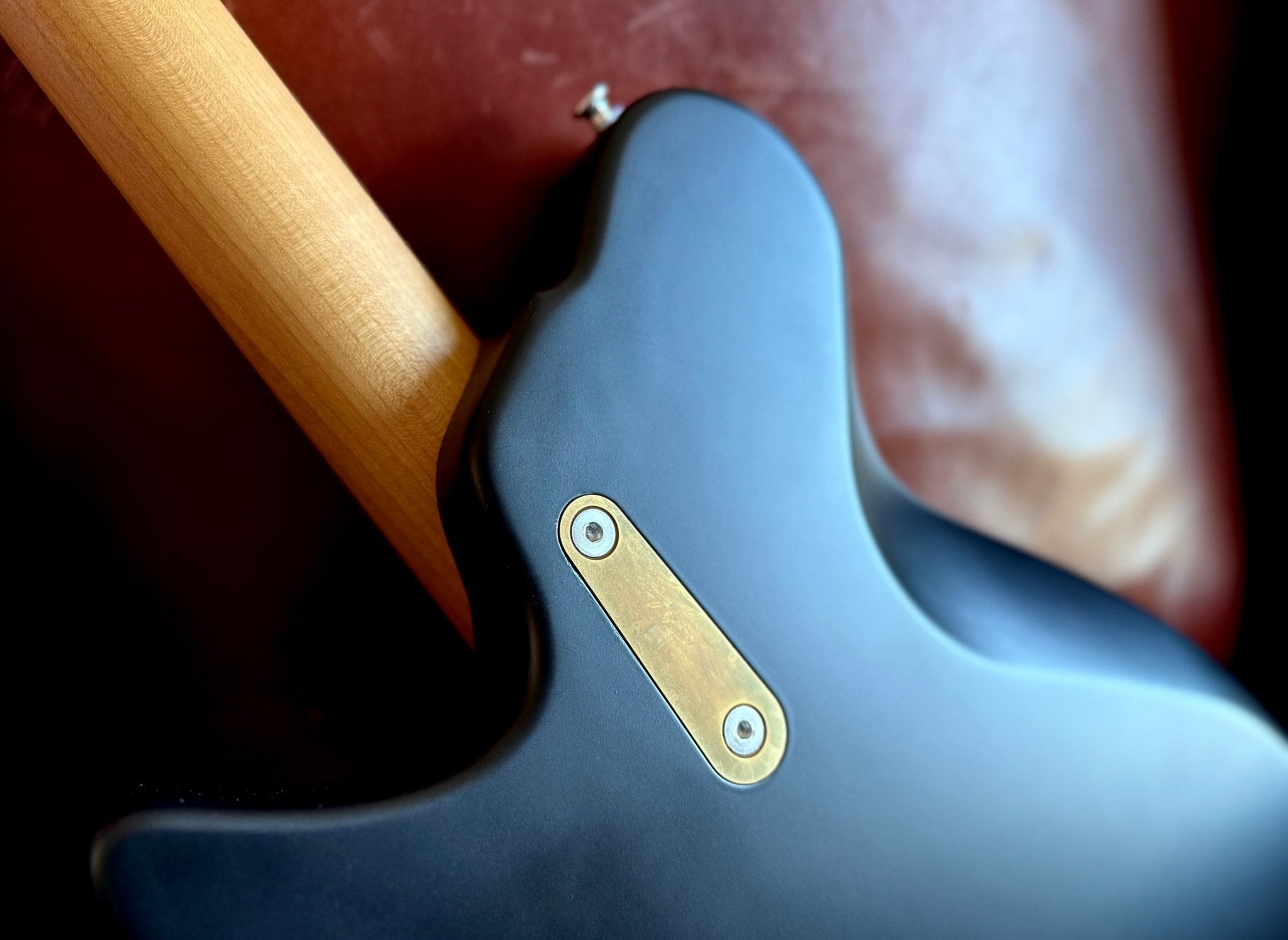
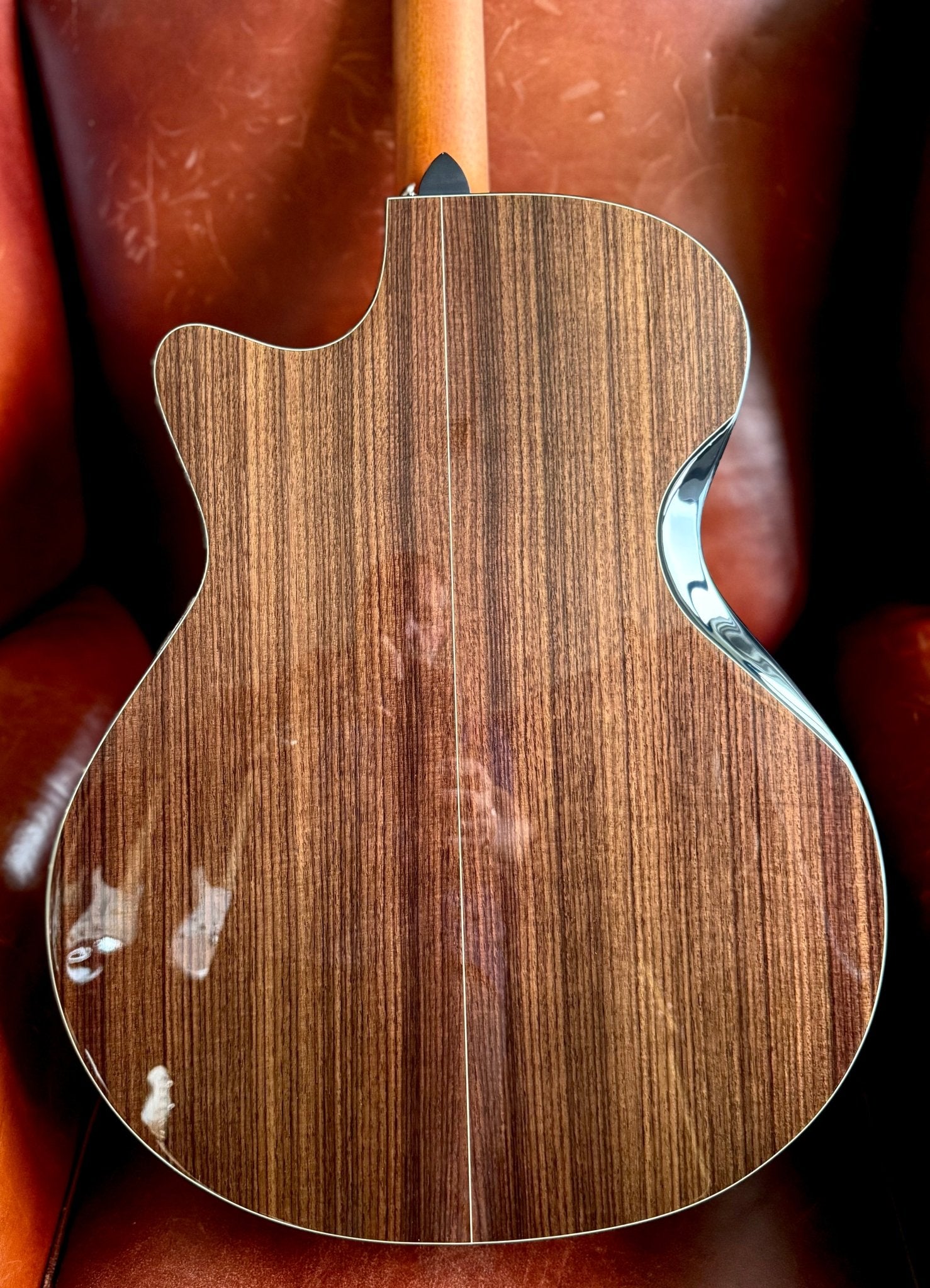
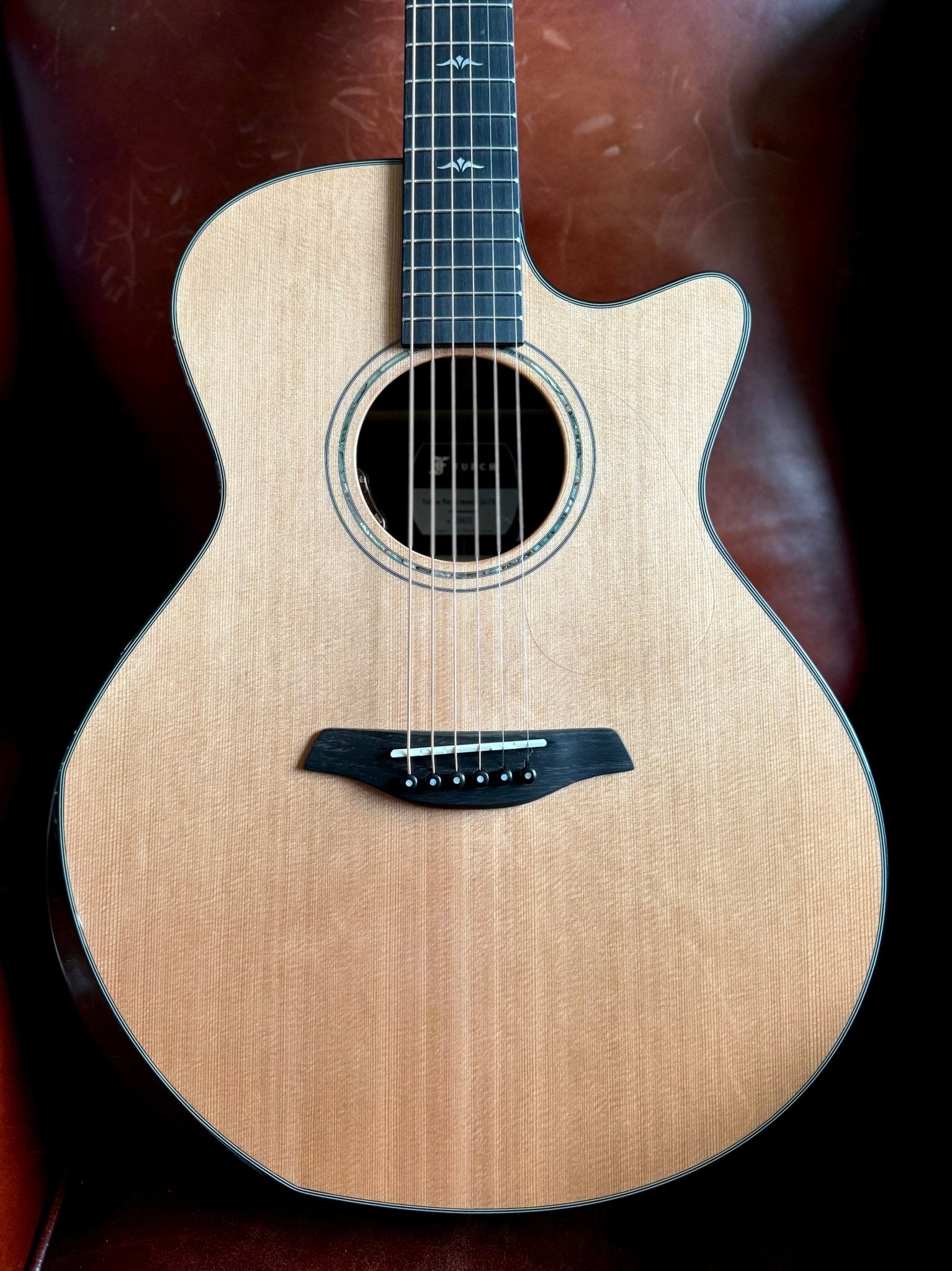
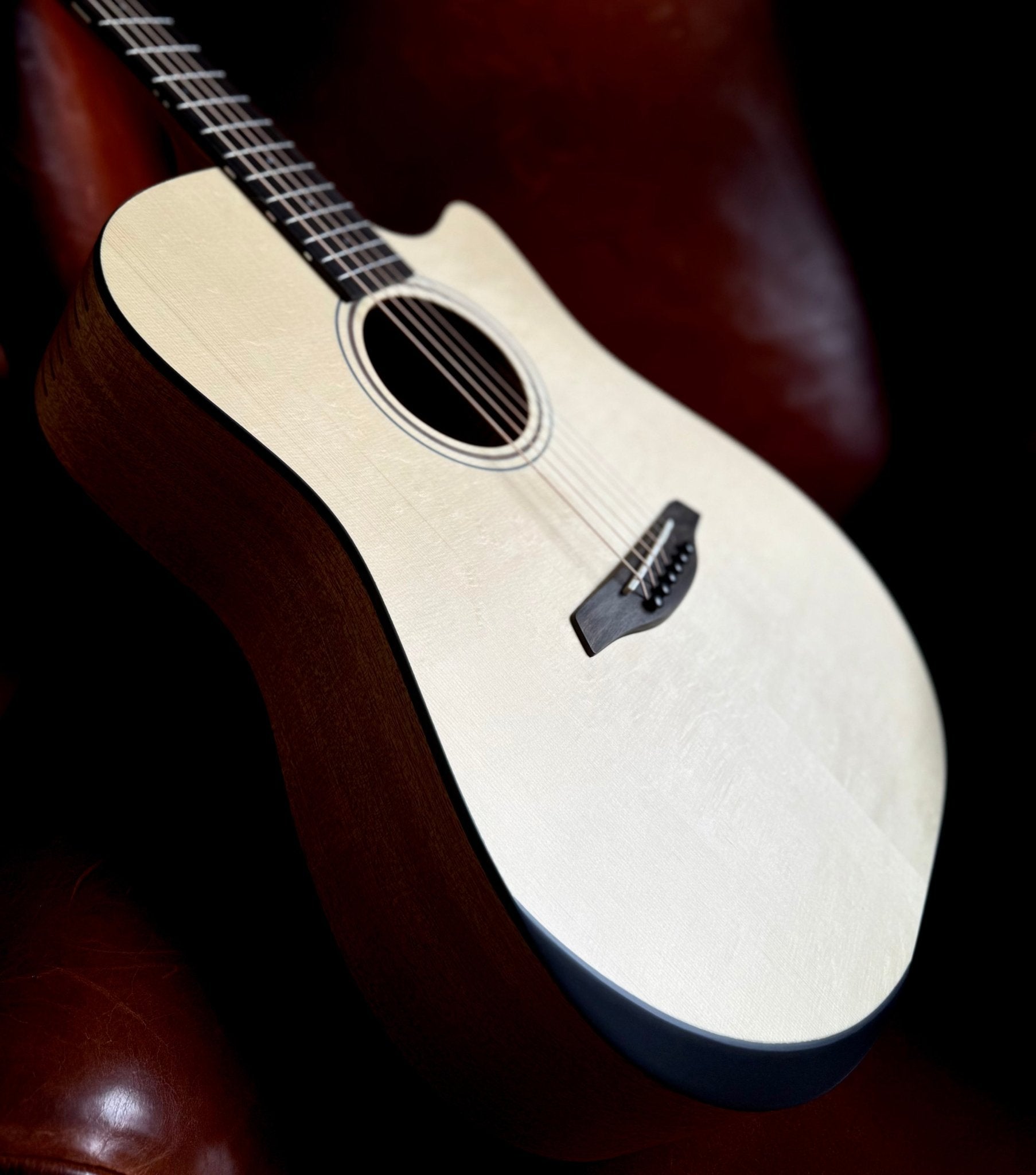
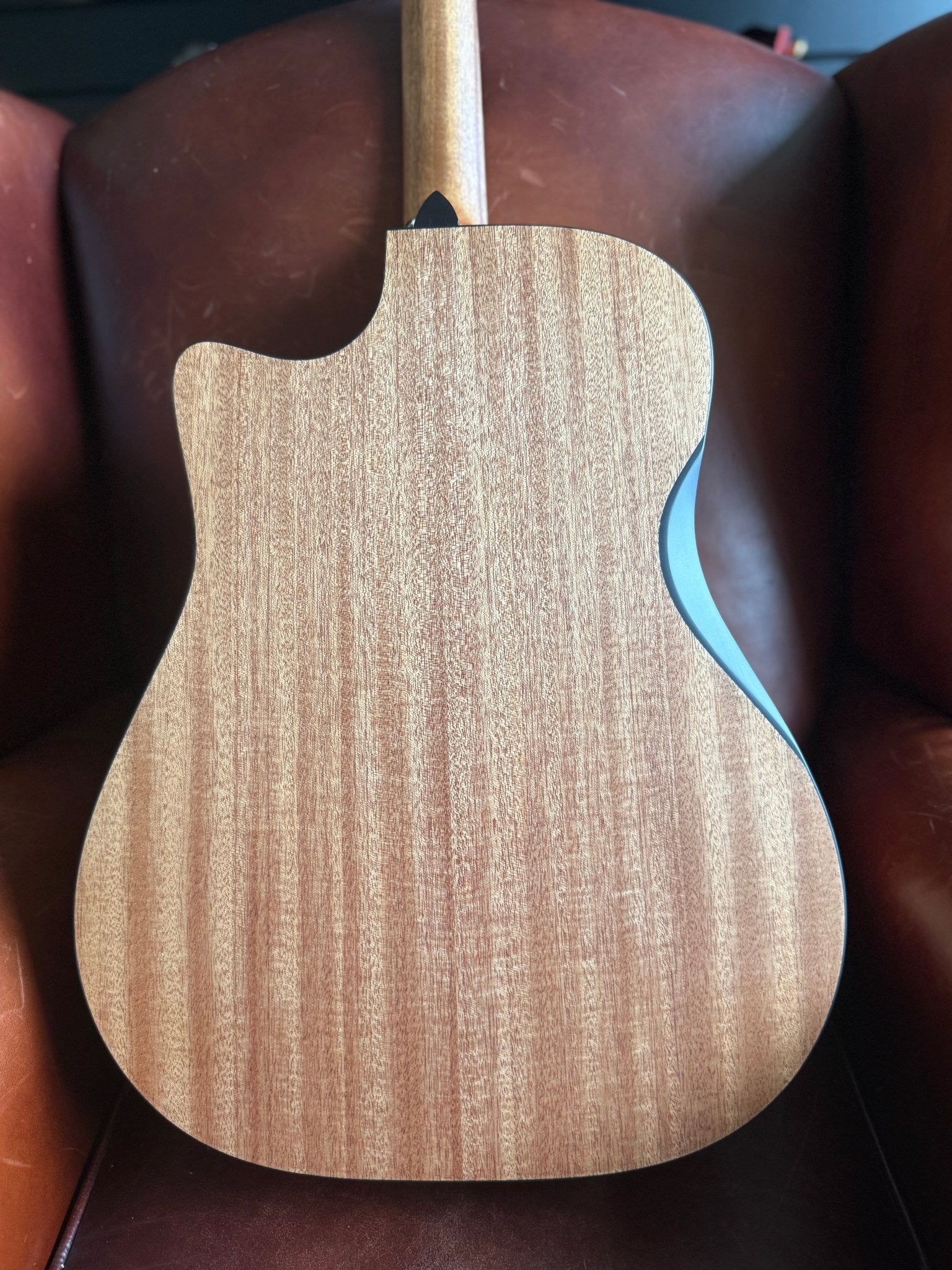
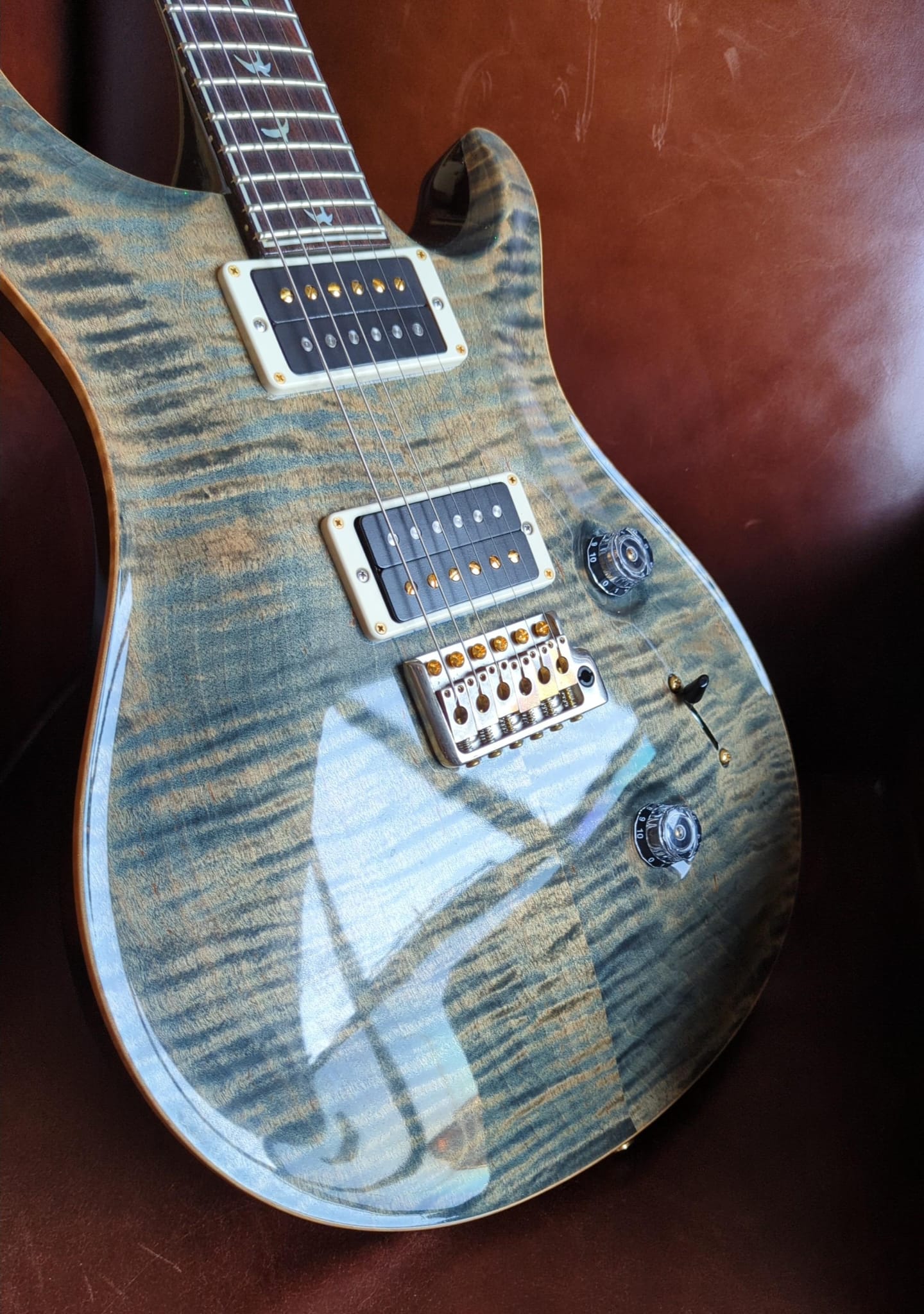
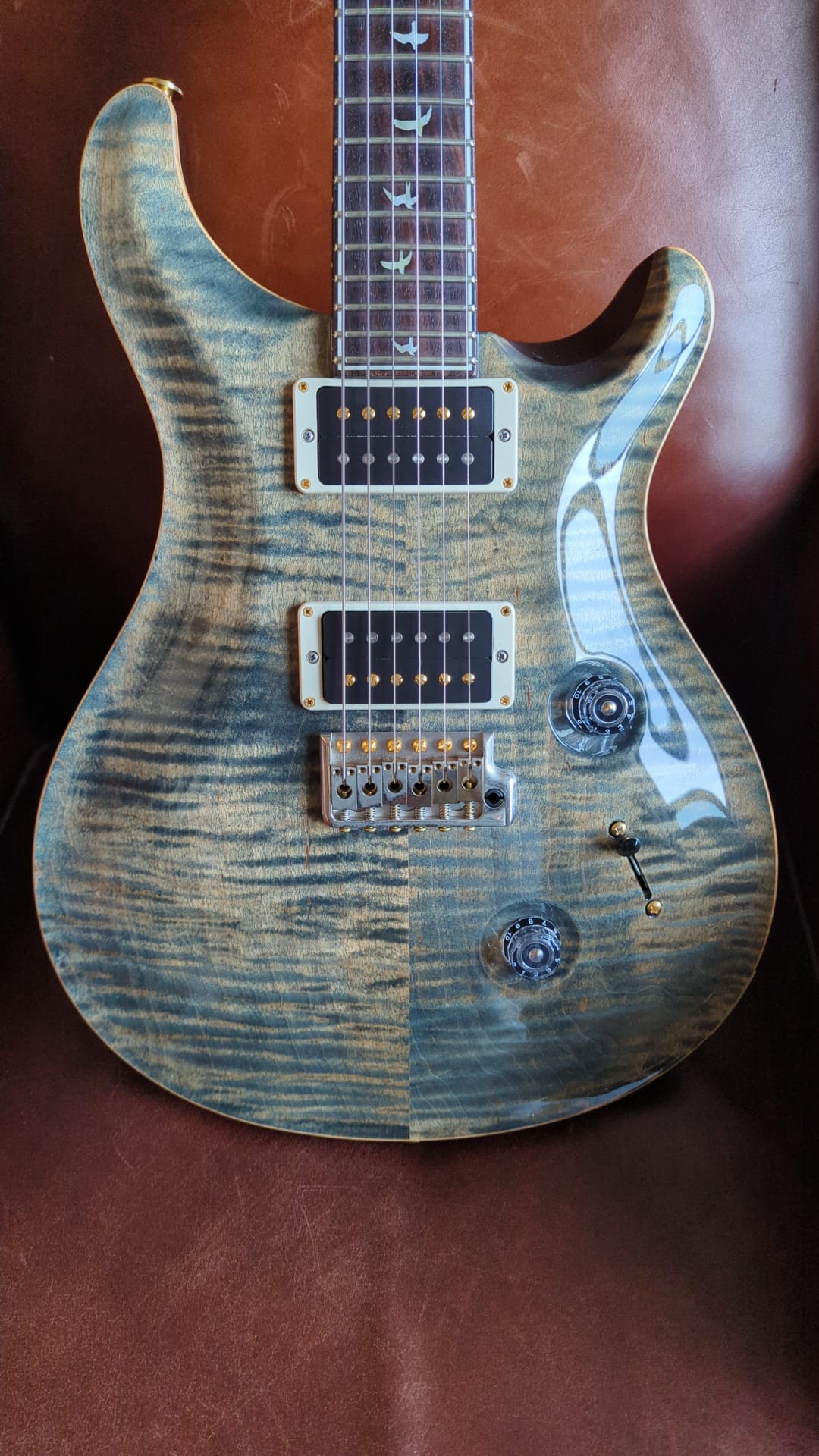
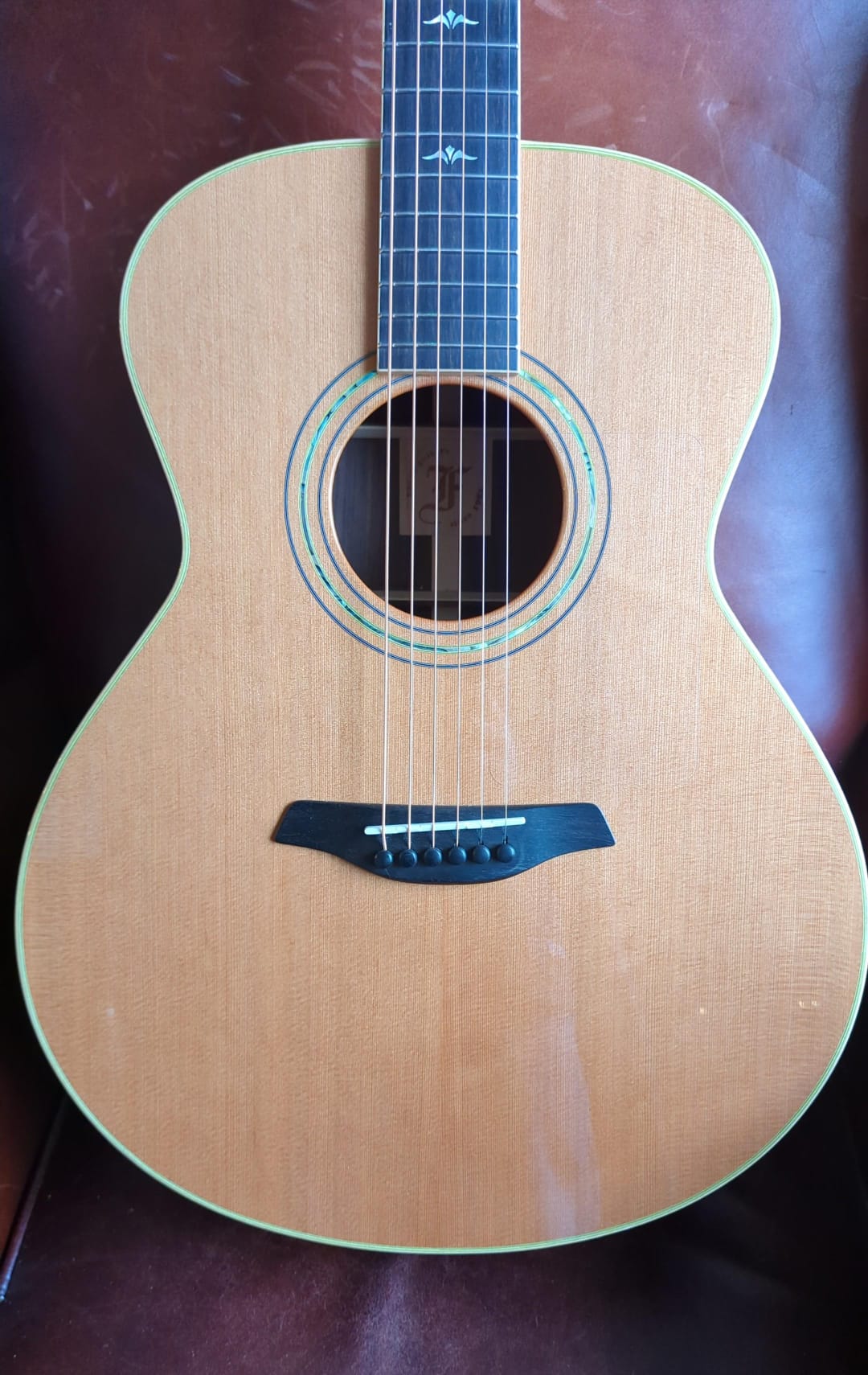
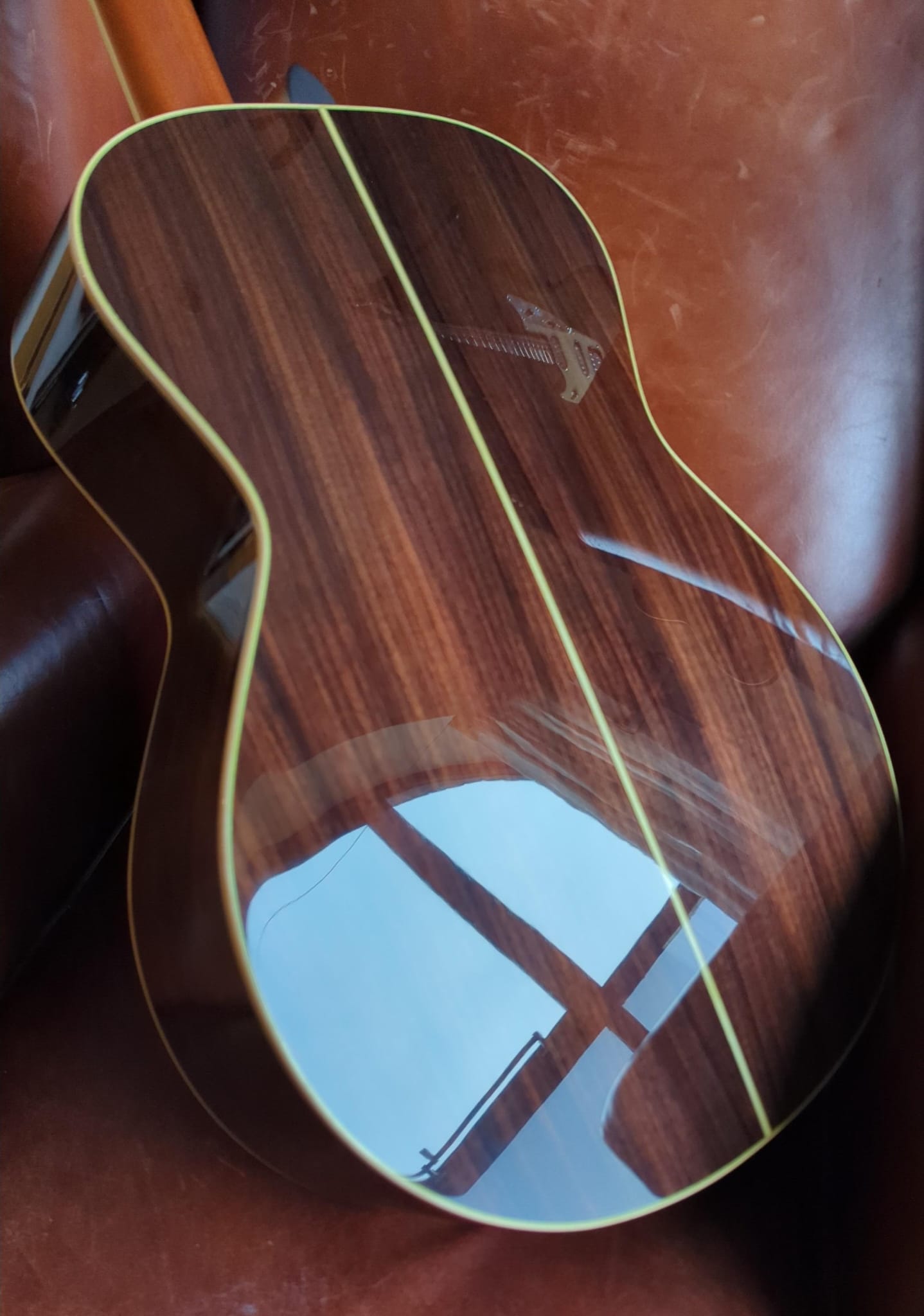
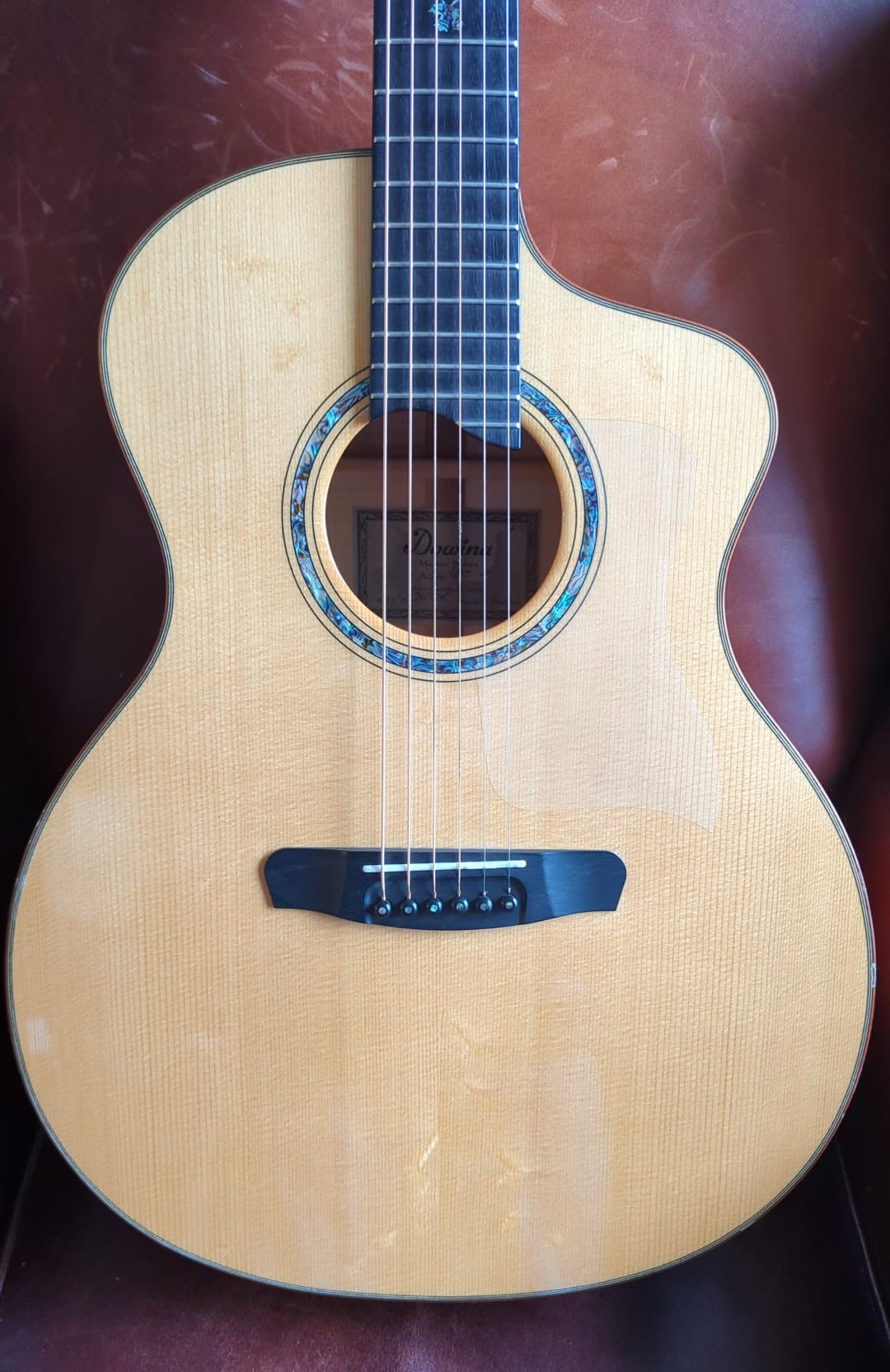
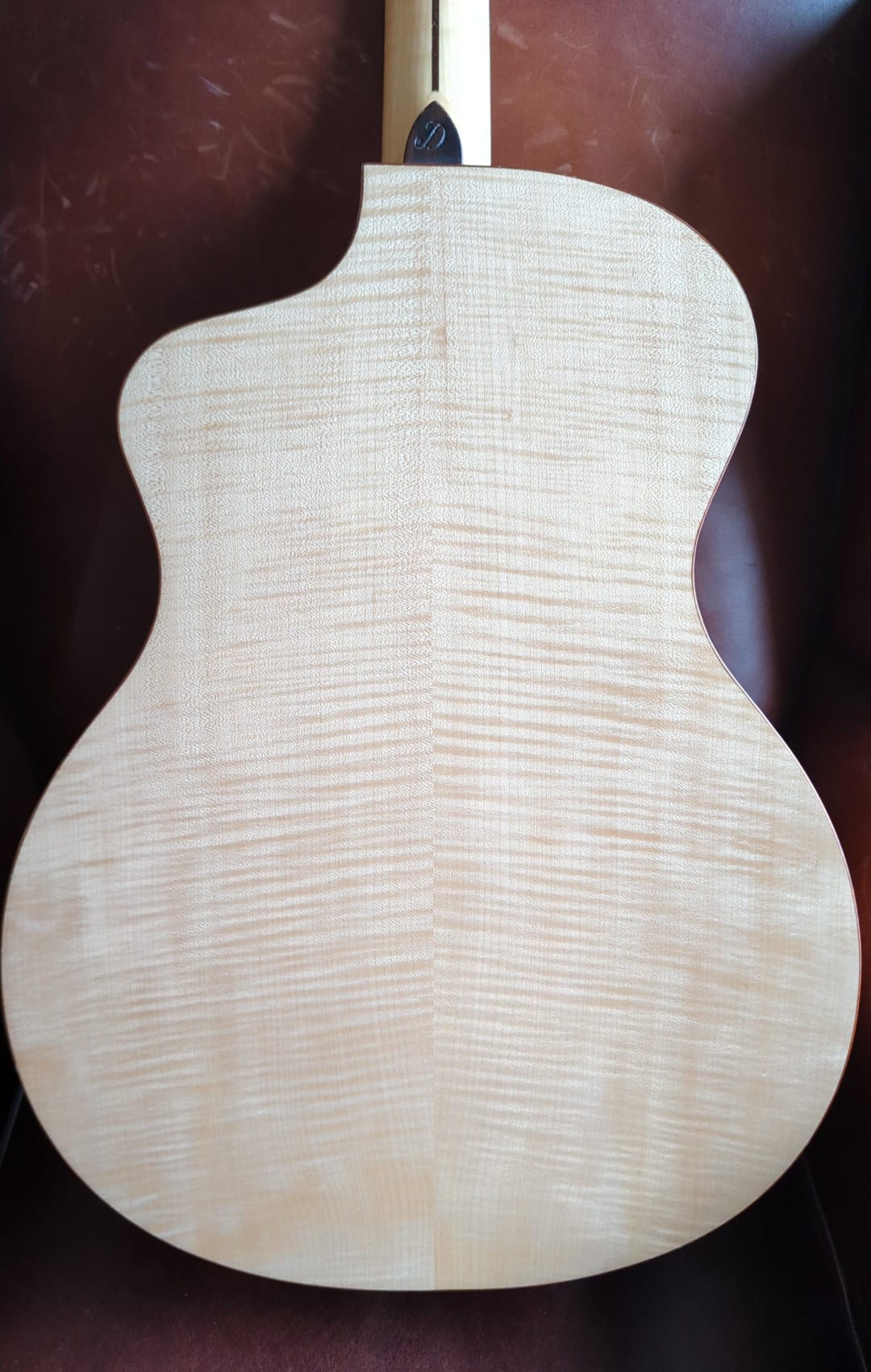
![Gordon Smith GS2 Deluxe Export 2019 [used] A1 Condition - Richards Guitars Of Stratford Upon Avon](http://rguitars.co.uk/cdn/shop/files/gordon-smith-gs2-deluxe-export-2019-used-a1-condition-4323398.jpg?v=1766153718&width=1072)
![Gordon Smith GS2 Deluxe Export 2019 [used] A1 Condition - Richards Guitars Of Stratford Upon Avon](http://rguitars.co.uk/cdn/shop/files/gordon-smith-gs2-deluxe-export-2019-used-a1-condition-9502671.jpg?v=1766153718&width=899)
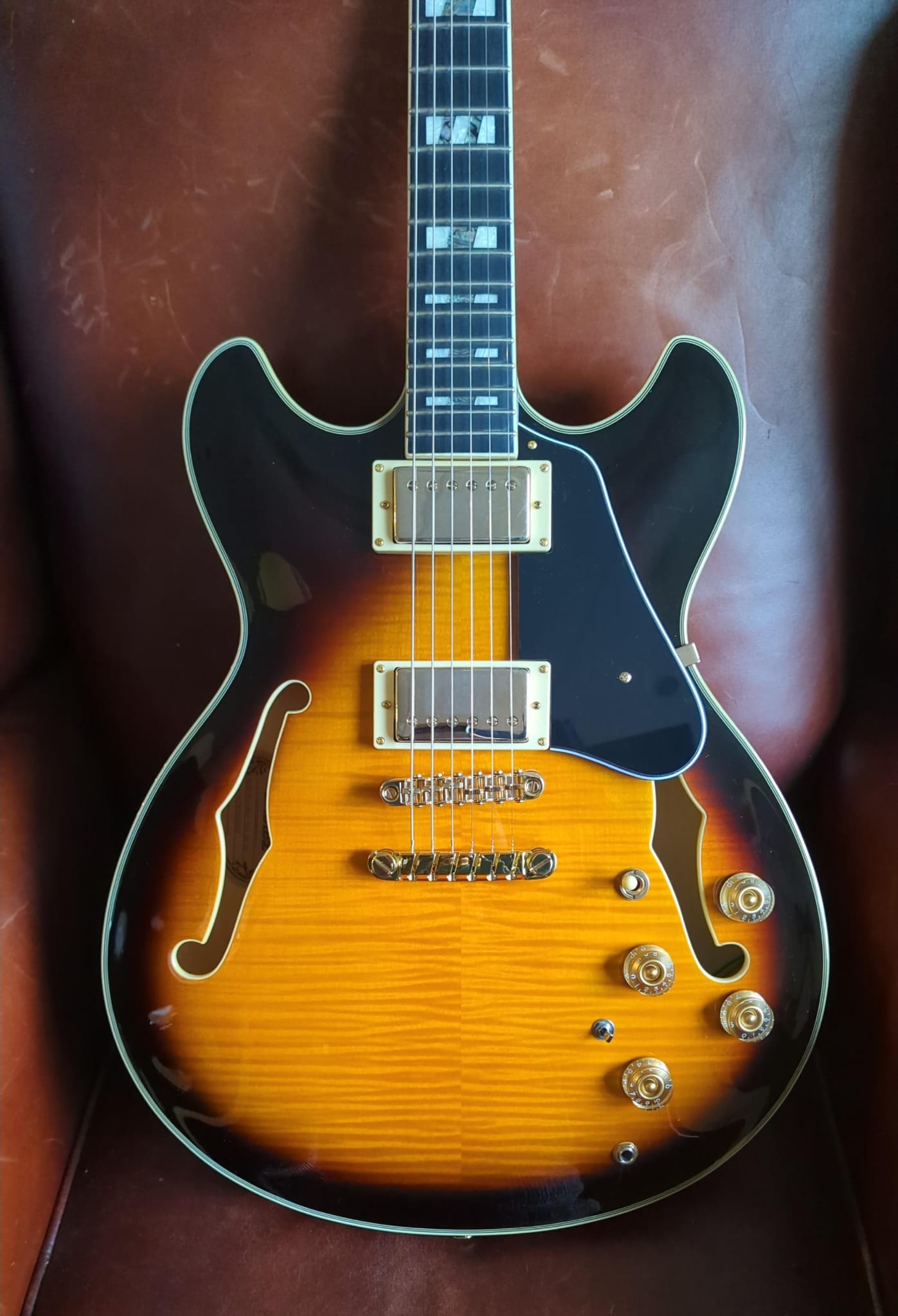
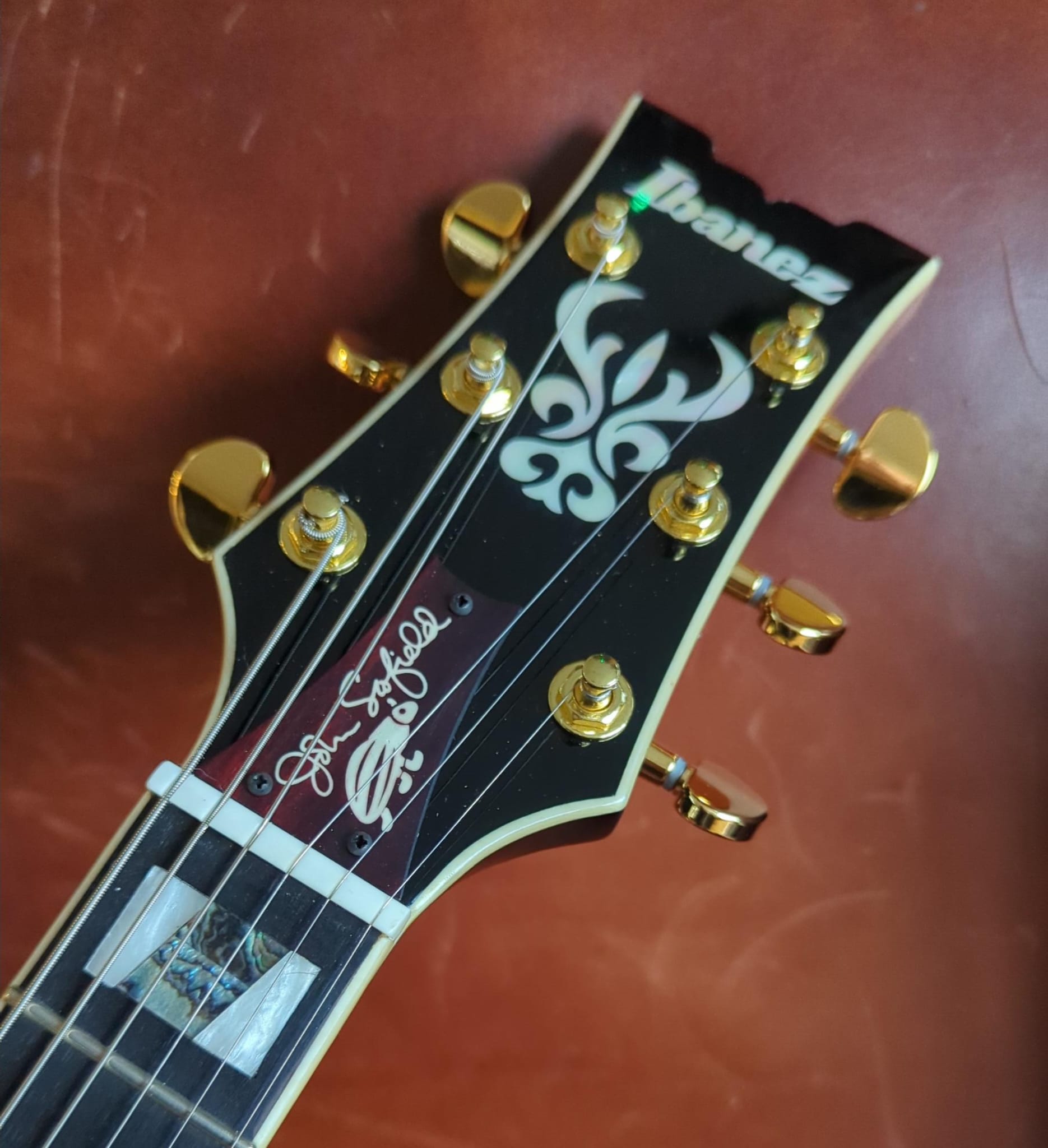
![G&L USA Made ASAT - late 80s/early 90s [Used] - Richards Guitars Of Stratford Upon Avon](http://rguitars.co.uk/cdn/shop/files/gl-usa-made-asat-late-80searly-90s-used-1091932.jpg?v=1761670676&width=1378)
![G&L USA Made ASAT - late 80s/early 90s [Used] - Richards Guitars Of Stratford Upon Avon](http://rguitars.co.uk/cdn/shop/files/gl-usa-made-asat-late-80searly-90s-used-7964817.jpg?v=1761670677&width=1828)
![Eastman AC630 - SB [Used] - Richards Guitars Of Stratford Upon Avon](http://rguitars.co.uk/cdn/shop/files/eastman-ac630-sb-used-5743157.jpg?v=1760421581&width=1080)
![Eastman AC630 - SB [Used] - Richards Guitars Of Stratford Upon Avon](http://rguitars.co.uk/cdn/shop/files/eastman-ac630-sb-used-2967411.jpg?v=1760421593&width=1569)
![Fender American Professional II Jazzmaster - Dark Night [Used] guitar for sale uk](http://rguitars.co.uk/cdn/shop/files/fender-american-professional-ii-jazzmaster-dark-night-used-6840250.jpg?v=1760421430&width=1602)
![Fender American Professional II Jazzmaster - Dark Night [Used] guitar for sale uk](http://rguitars.co.uk/cdn/shop/files/fender-american-professional-ii-jazzmaster-dark-night-used-4375294.jpg?v=1760421432&width=1476)
![Guild Brian May "Red Special" Limited Edition - early 90s - One of 1000 [Used] guitar for sale uk](http://rguitars.co.uk/cdn/shop/files/guild-brian-may-red-special-limited-edition-early-90s-one-of-1000-used-6139630.jpg?v=1760421357&width=1492)
![Guild Brian May "Red Special" Limited Edition - early 90s - One of 1000 [Used] guitar for sale uk](http://rguitars.co.uk/cdn/shop/files/guild-brian-may-red-special-limited-edition-early-90s-one-of-1000-used-9797150.jpg?v=1760421365&width=1644)
